In this article you will find out what to see in Palermo. The bustling capital of Sicily, it is a city steeped in history, culture and natural beauty. It was founded by the Phoenicians between the 7th and 6th centuries B.C., who gave it the beautiful name “Zyz,” “Flower.”
Tip from Topsecretsicily: You can also book a guided tour of Palermo to discover the historic center and how the city is rebelling against the Mafia.
1. The Palace of the Normans
The Norman palace it is the oldest royal residence in Europe and today it is the seat of the Sicilian Regional Assembly. The history of this palace is incredible, in fact it incorporates foundations and stratifications of fortified settlements of different and very ancient civilizations, which have followed one another over the centuries. The first fortifications were in fact built by the Phoenicians in the eighth century BC and still today it is possible to visit the finds in the dungeons and basements of the palace.
This marvel is definitely among the things to see in Palermo. Especially its interior will surprise you with frescoes, mosaics, King Roger’s room and the fantastic Palatine Chapel.
Tip from Topsecretsicily: You can book a guided tour of the Norman Palace and Palatine Chapel here.
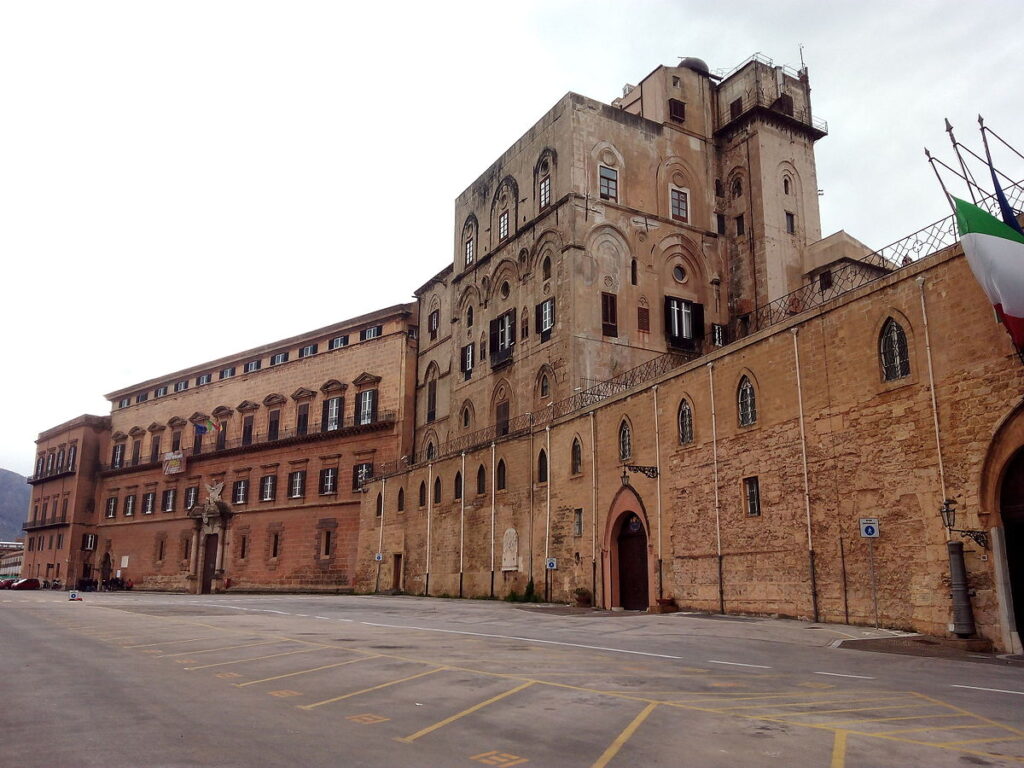
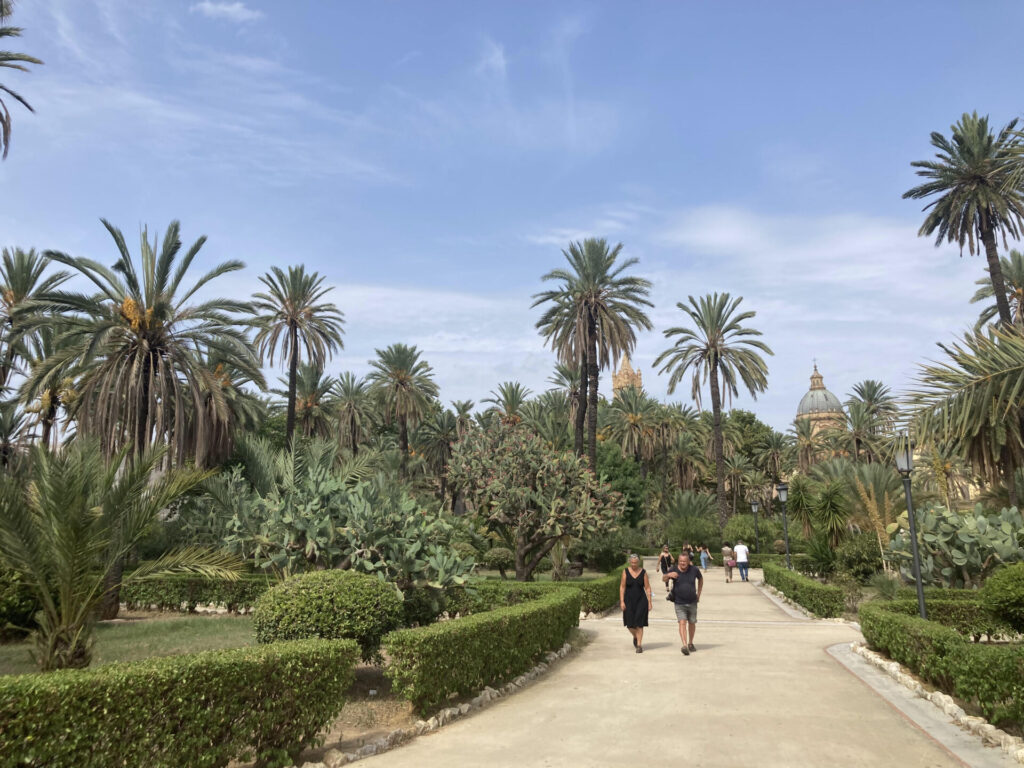
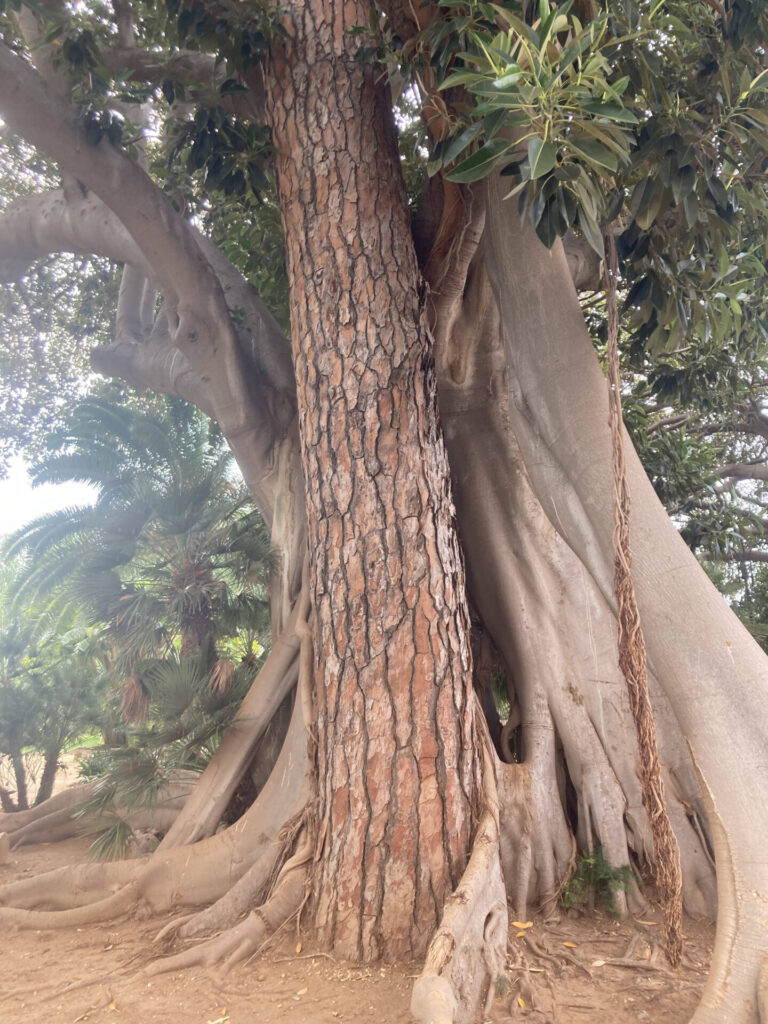
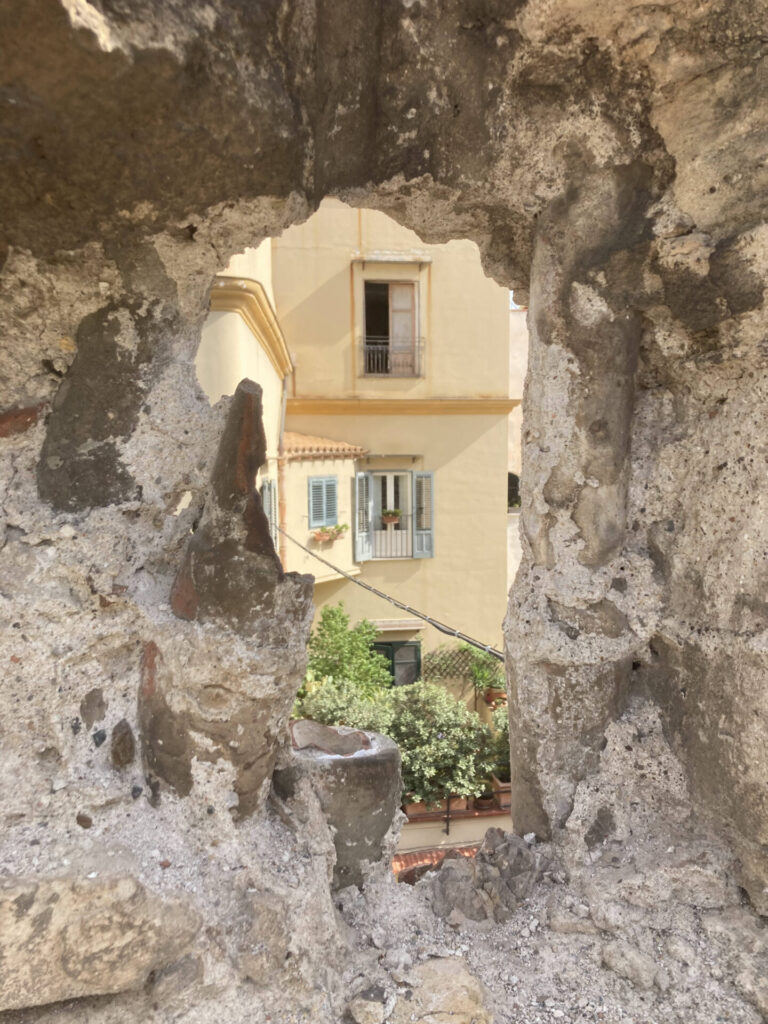
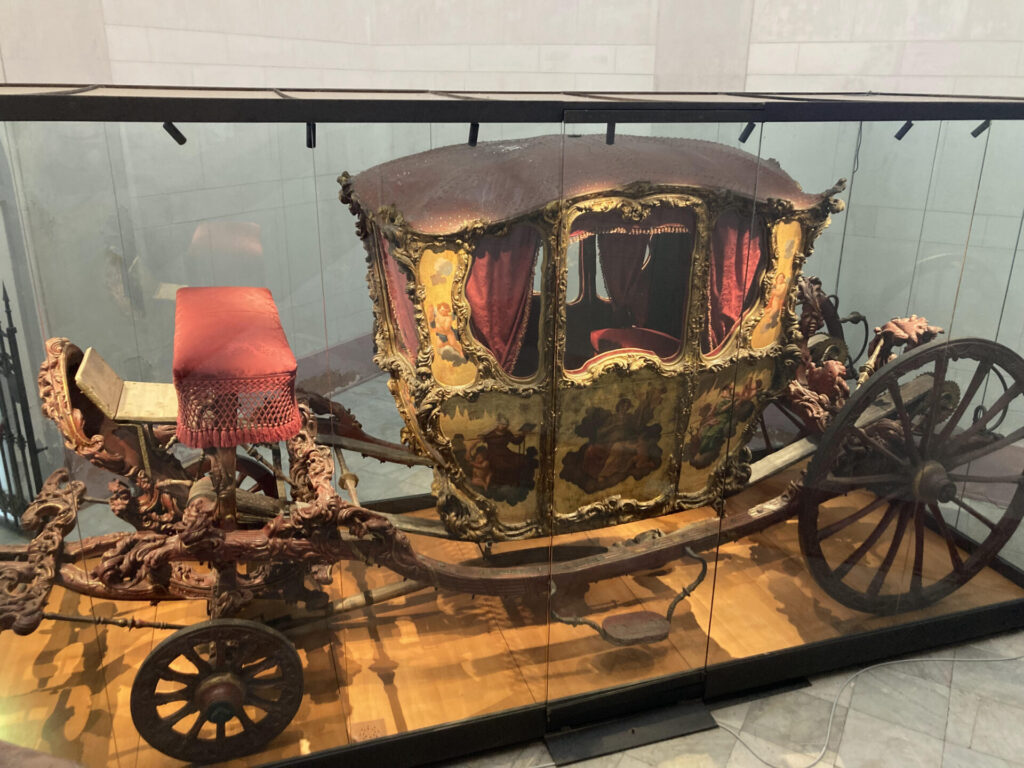
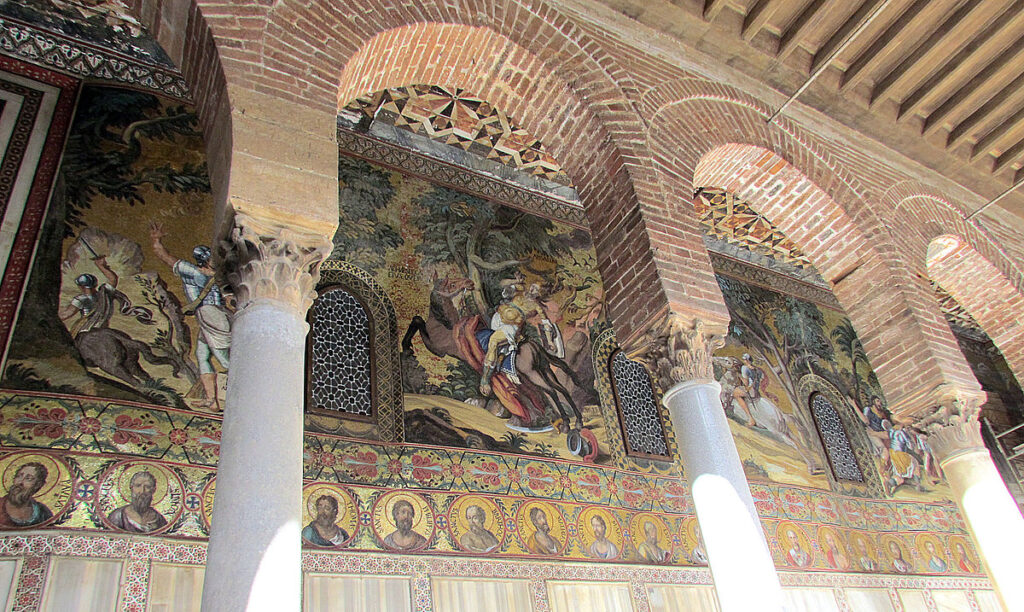
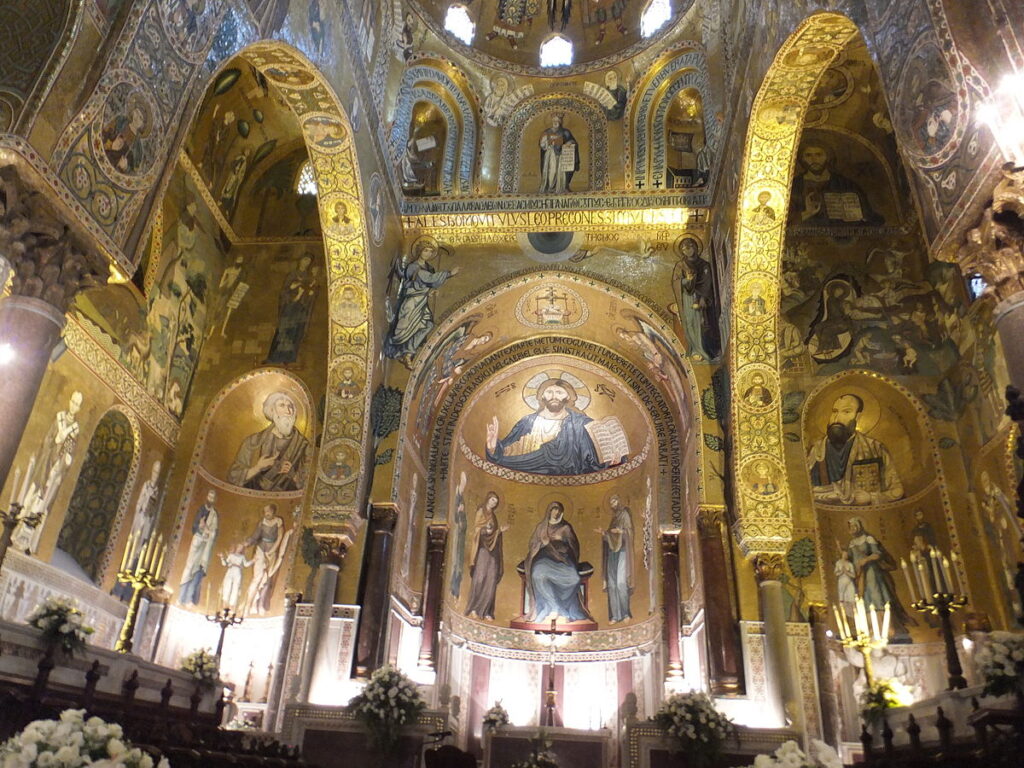
2. The churches of San Giovanni, Santa Maria dell ‘Ammiraglio and San Cataldo – UNESCO
The church of Santa Maria dell ‘Ammiraglio is located near the church of San Cataldo and the Bellini Theater. It is a Norman building of the Middle Ages and is characterized by the multiplicity of styles that meet, as, with the succession of the centuries, it was enriched by various other artistic, architectural and cultural tastes.
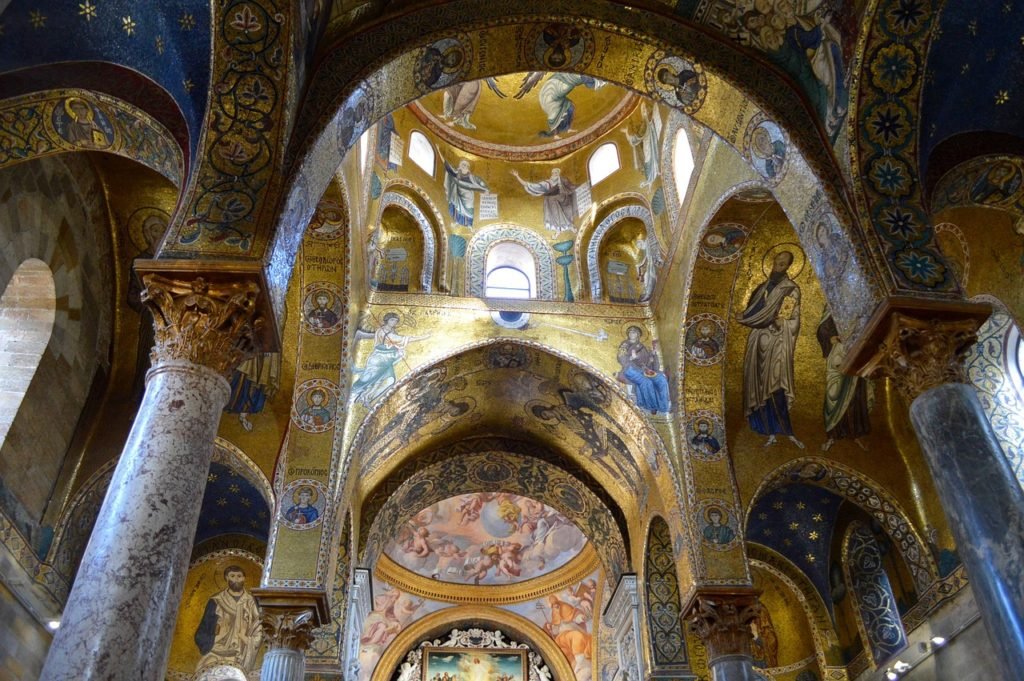
The building dedicated to San Cataldo, despite its small size is truly fascinating. It lacks the typical ornaments usually found in churches, but because of its small size, shape and color of the stones inside it is truly original.
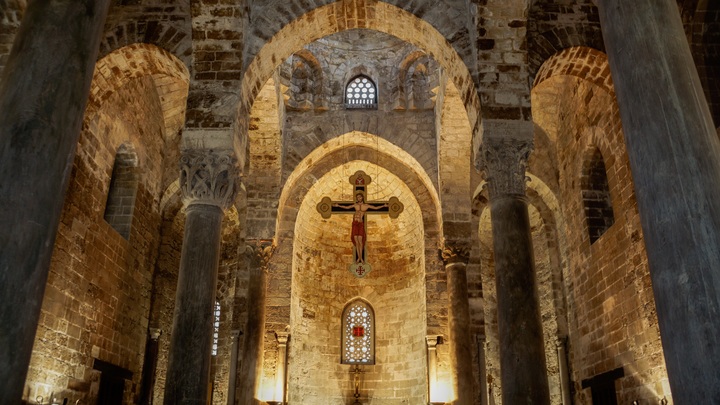
The church of San Giovanni was built around 1100 and has an Arab-Norman style strongly reminiscent of oriental buildings . This reference to the East is even more emphasized by the bright red domes. Very nice the cloister and the garden of the church, absolutely to visit.
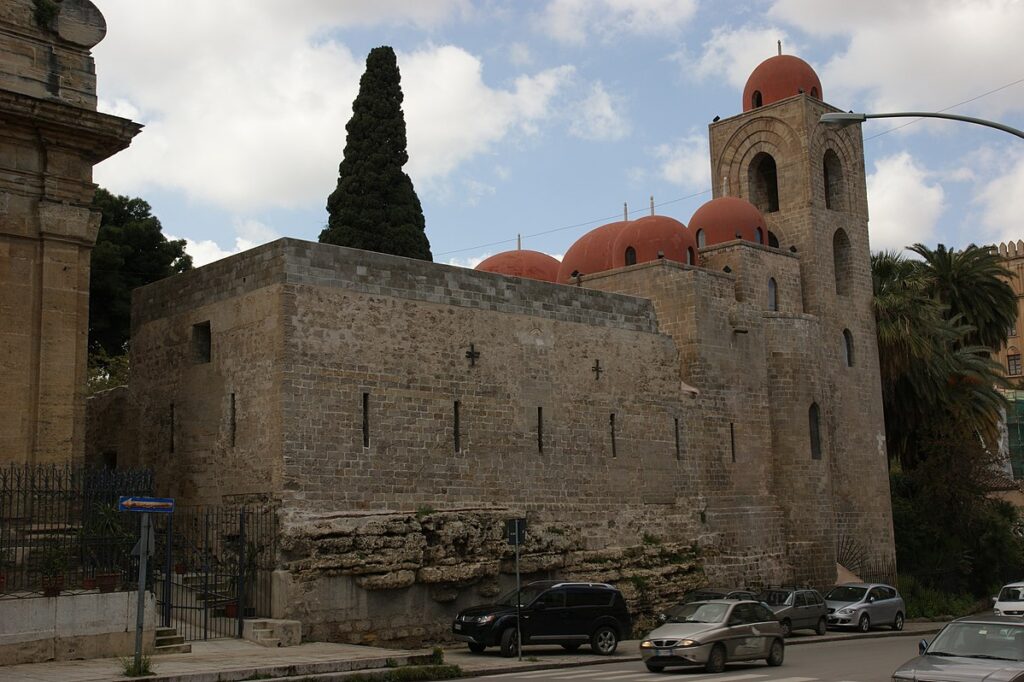
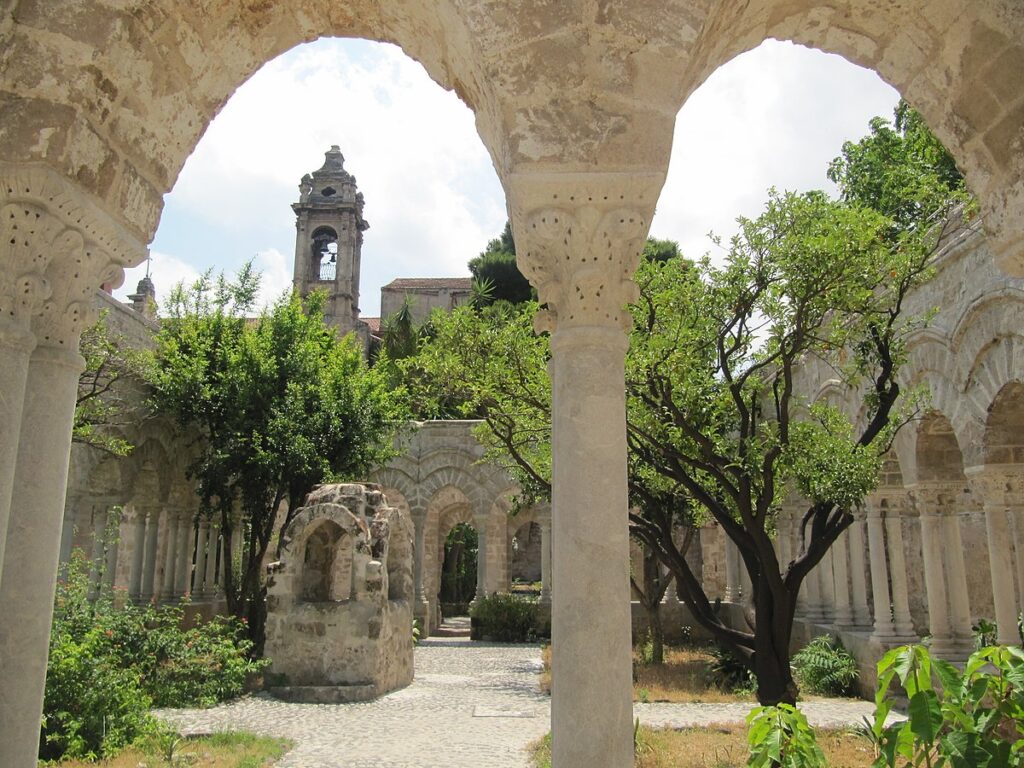
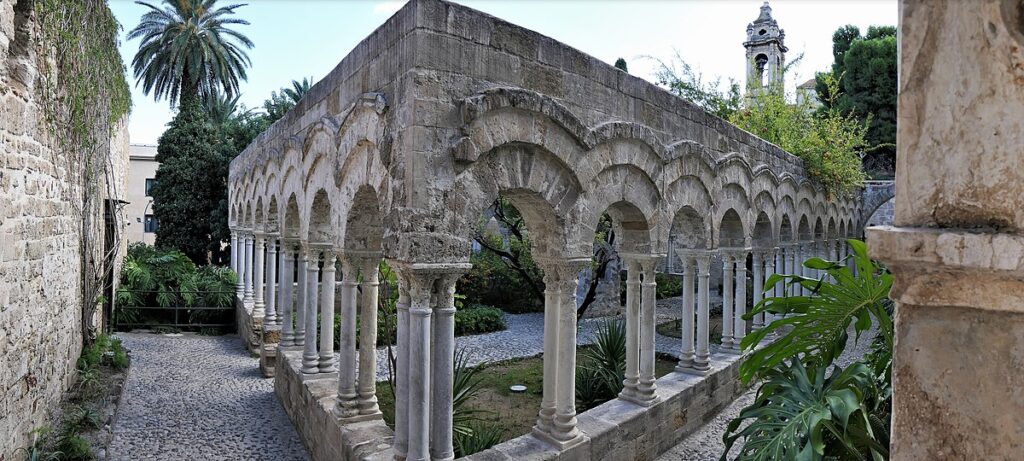
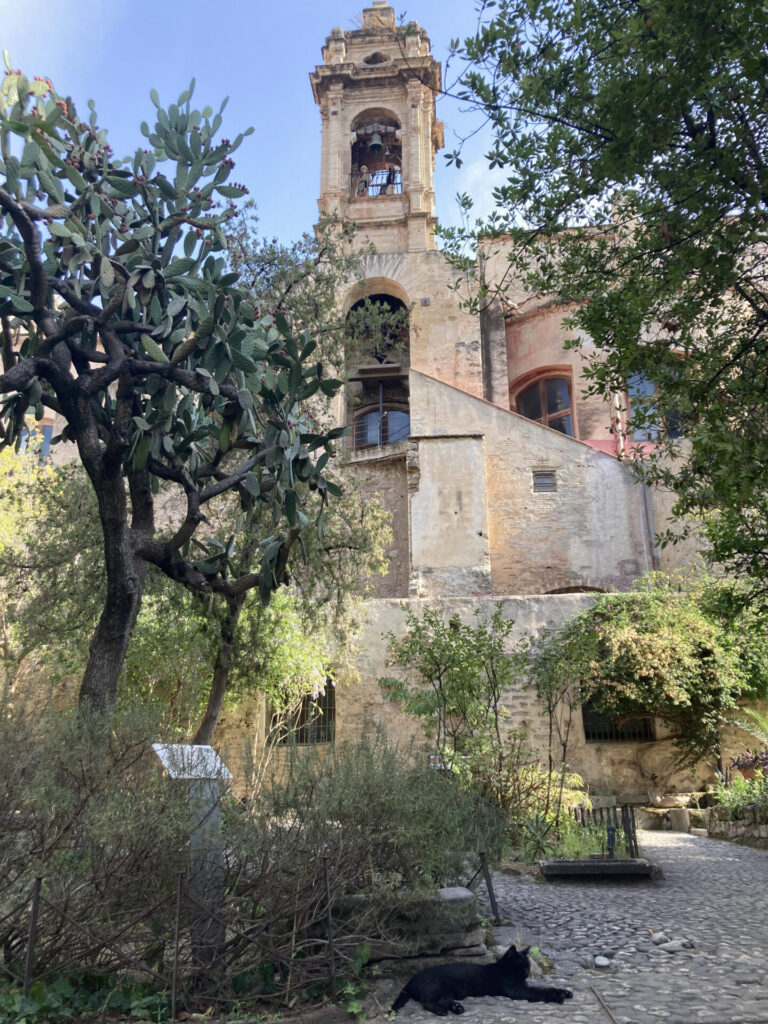
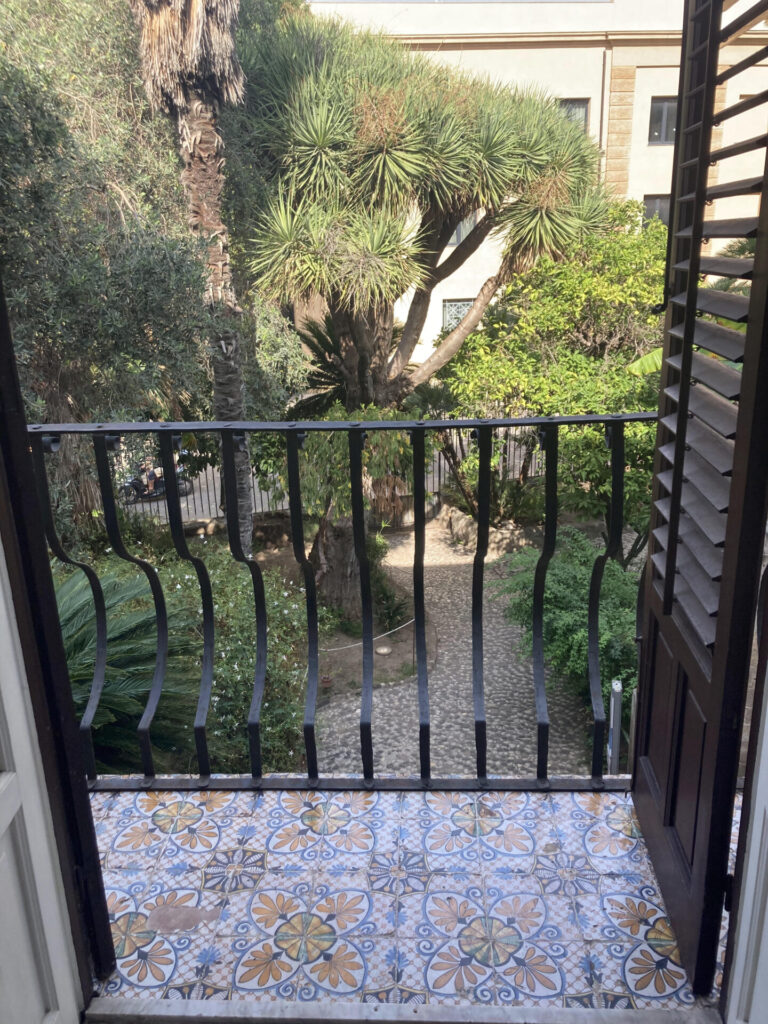
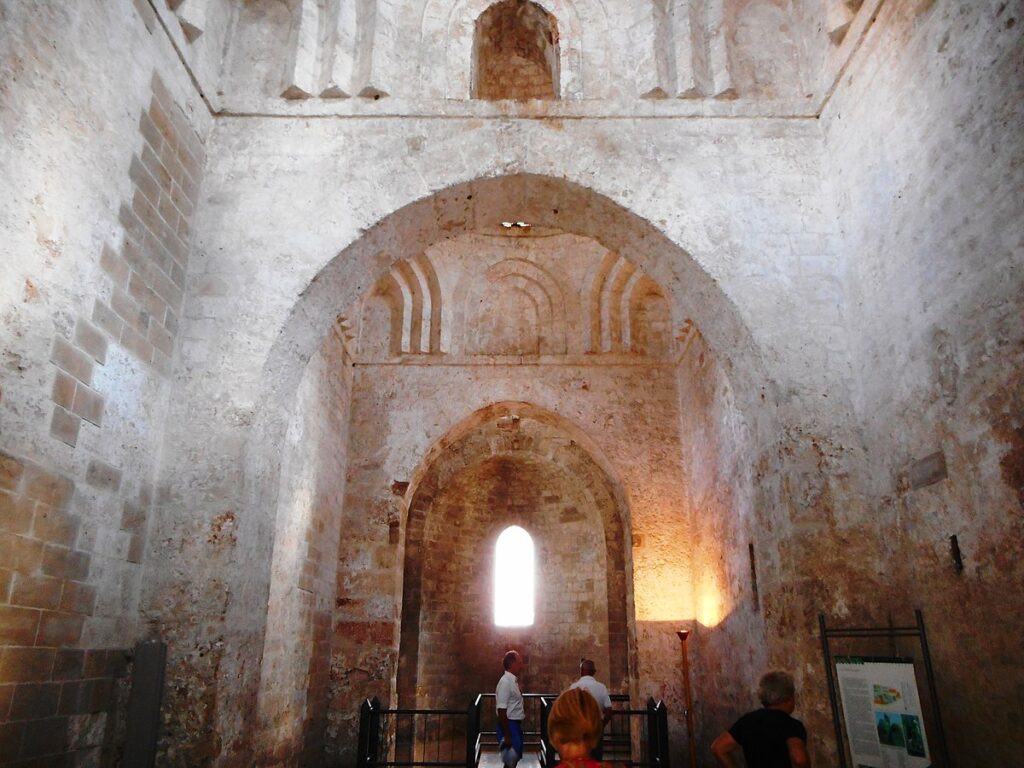
3. The Cathedral – UNESCO
Palermo Cathedral, an impressive example of Norman and Arab architecture, is one of the city’s main attractions. Inside the cathedral, you will admire valuable mosaics and paintings, as well as the royal tombs of King Frederick II and King Roger II.
It was built in the Norman period around 1170. Here too, as in the case of the Palazzo dei Normanni, the monument has a much older history. In the early Christian age, exactly in the fourth century, there was in fact a basilica which was destroyed in the fifth century by the vandals and then rebuilt in 590 by San Gregorio Magno. During the Saracen period in the IX it was transformed into a large mosque, to then return to become the center of Christian worship with the Normans in 1072.
The cathedral is beautiful and with its characteristic Arab-Norman style it is truly impressive. It is highly recommended to go and see the tombs of the Kings (including that of the famous Frederick II) and take a tour of the roofs of the Cathedral, in order to admire Palermo from above. In addition, on the outside, you can stroll through a beautiful well-kept garden.
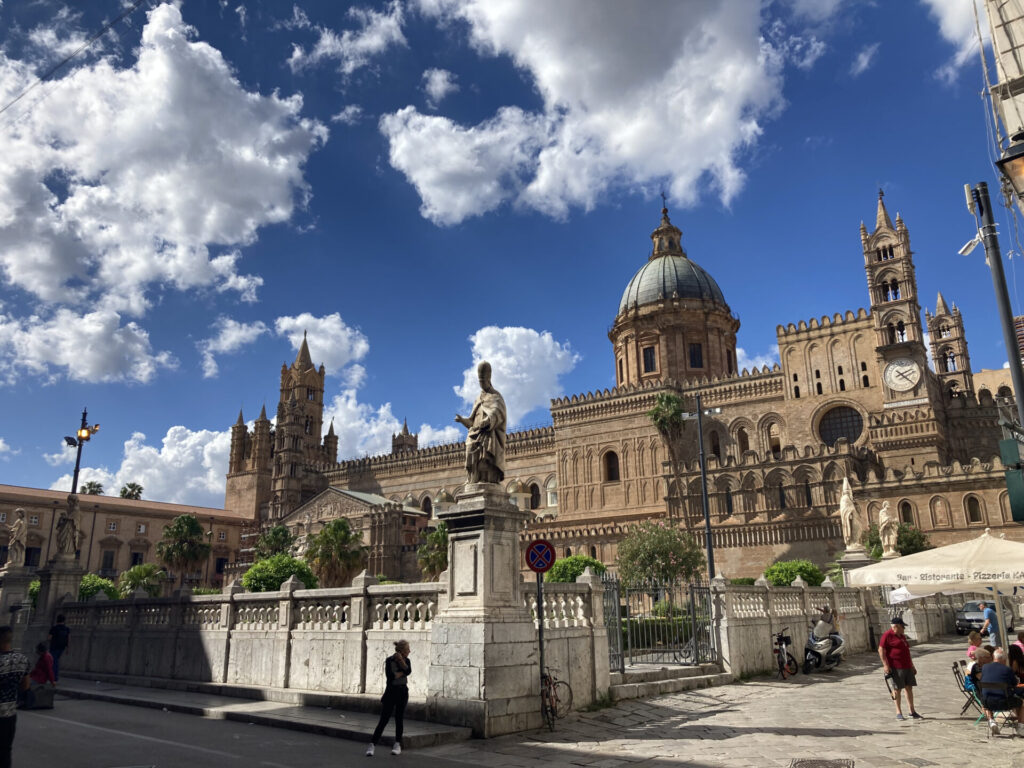
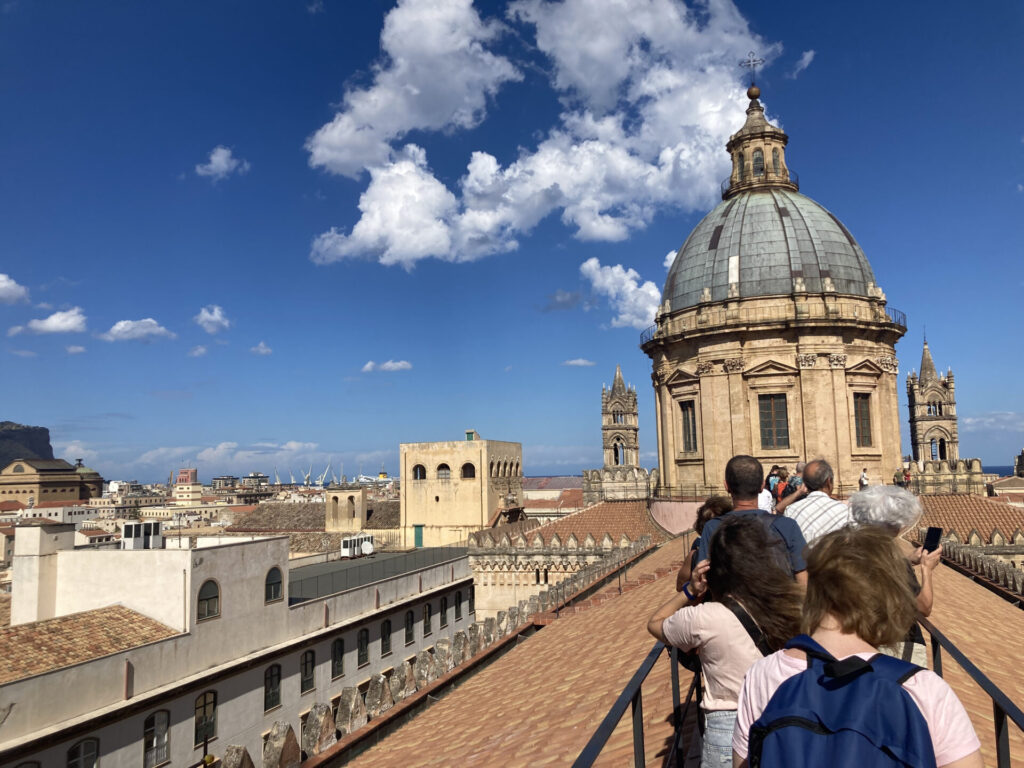
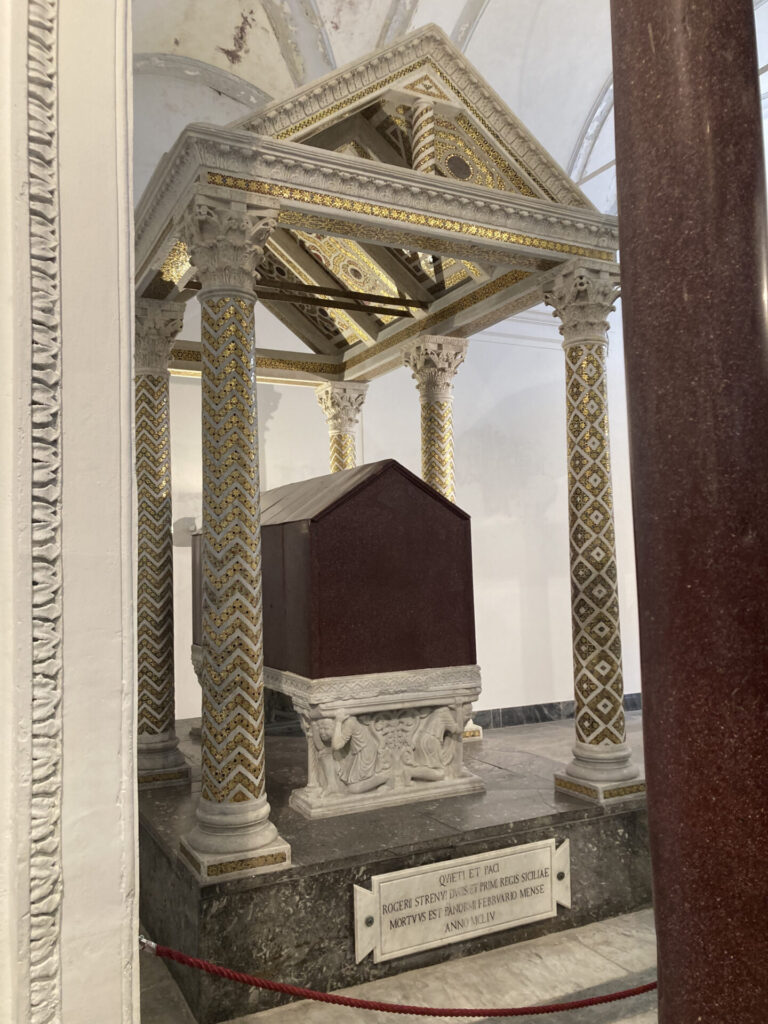
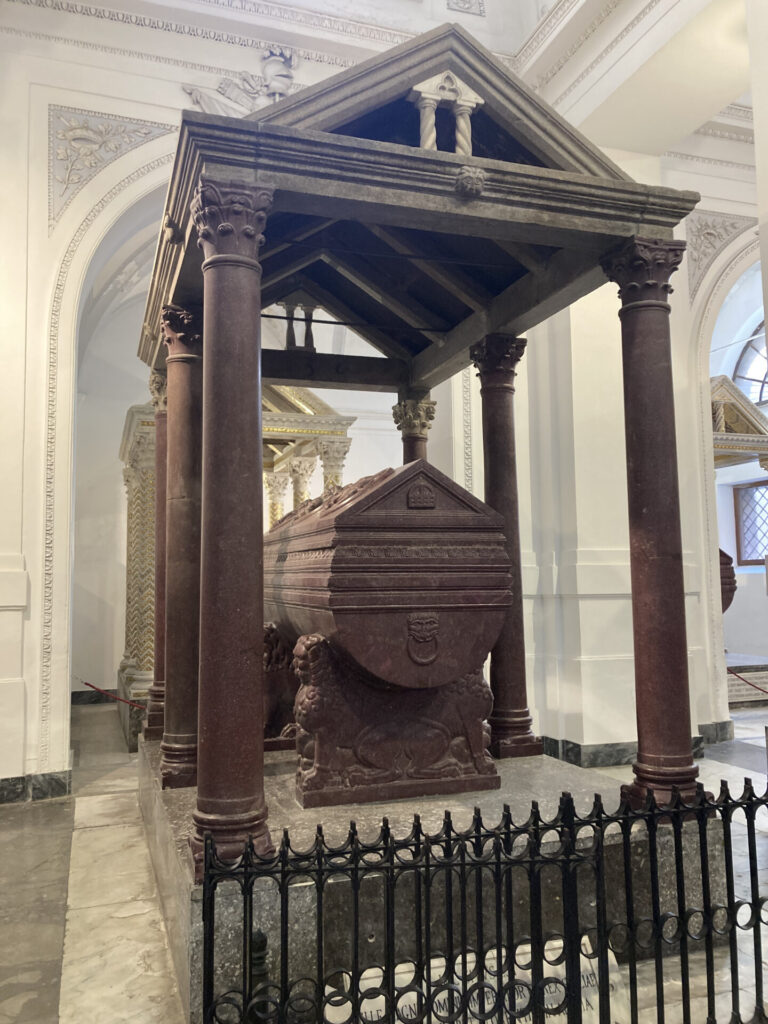
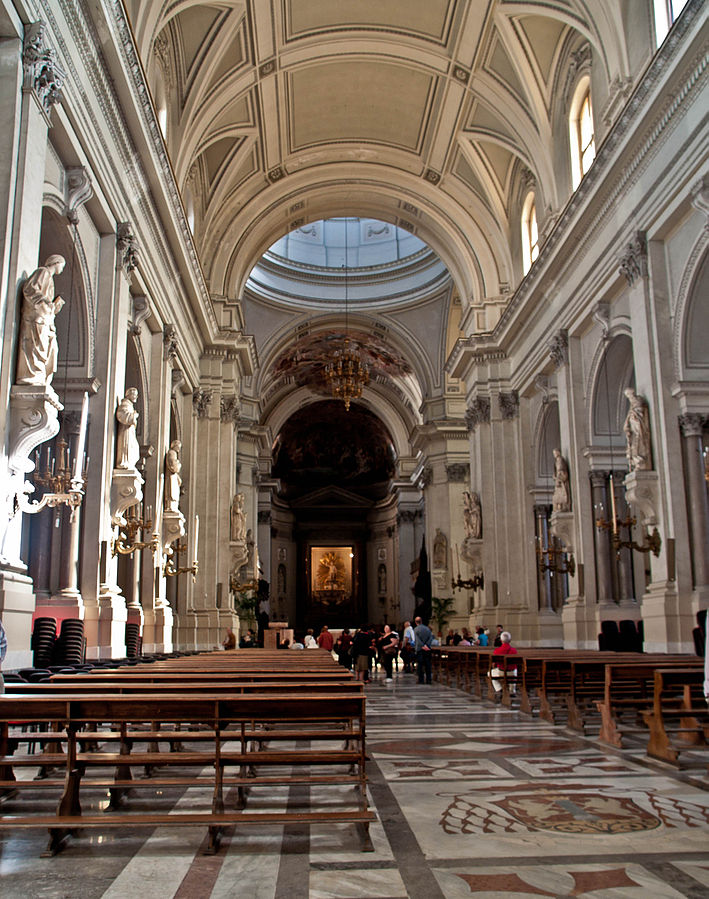
4. Admiral’s Bridge – UNESCO
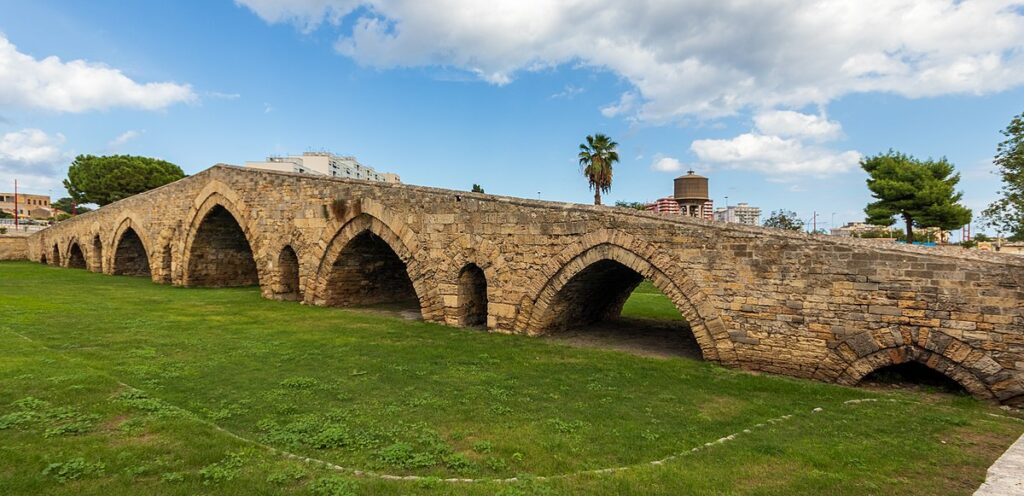
It was completed around 1131 at the behest of Giorgio d’Antiochia, admiral of King Roger II of Sicily, a year after the birth of the Kingdom of Sicily to connect the city to the gardens on the other side of the Oreto river. THE On May 27, 1860, during the expedition of the Thousand, Garibaldi on this bridge clashed with the troops of the Bourbons , lined up there because the bridge represented an entrance into the city.
The use of very acute arches allowed the bridge to withstand very high loads. The perfection and stability of this bridge is also witnessed by time. It is still intact today unlike many of our modern bridges. The river no longer flows under its arches, after its course was diverted in 1938 due to its continuous overflows. Today, however, there is a small garden with tree-lined avenues, agaves and succulents around it.
5. Former convent of St. Catherine
St. Catherine’s Convent housed cloistered nuns from 1311 until 2014. Inside you will find a museum, a beautiful cloister decorated with majolica and inprecious with flowers and fruit trees, a museum, the old nuns’ rooms, and you can enjoy a breathtaking view of Pretoria Square.
Once inside, you can’t help but go to the dolceria, where delicious pastries are made, including huge ricotta cannoli that are probably the tastiest in all of Palermo.
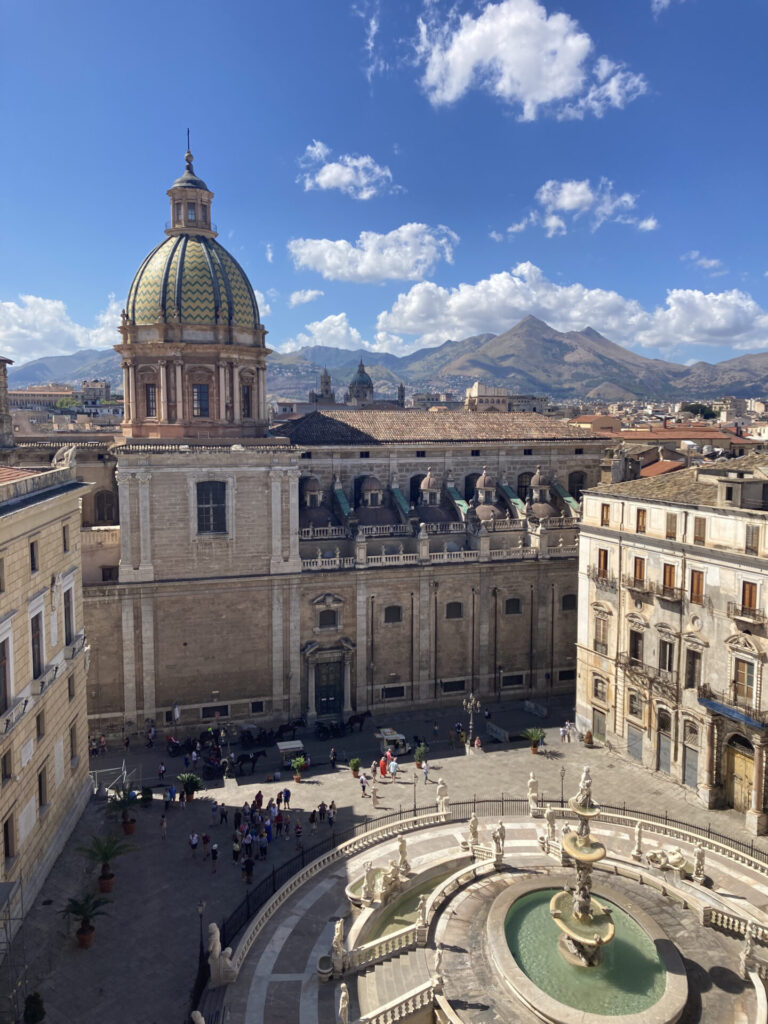
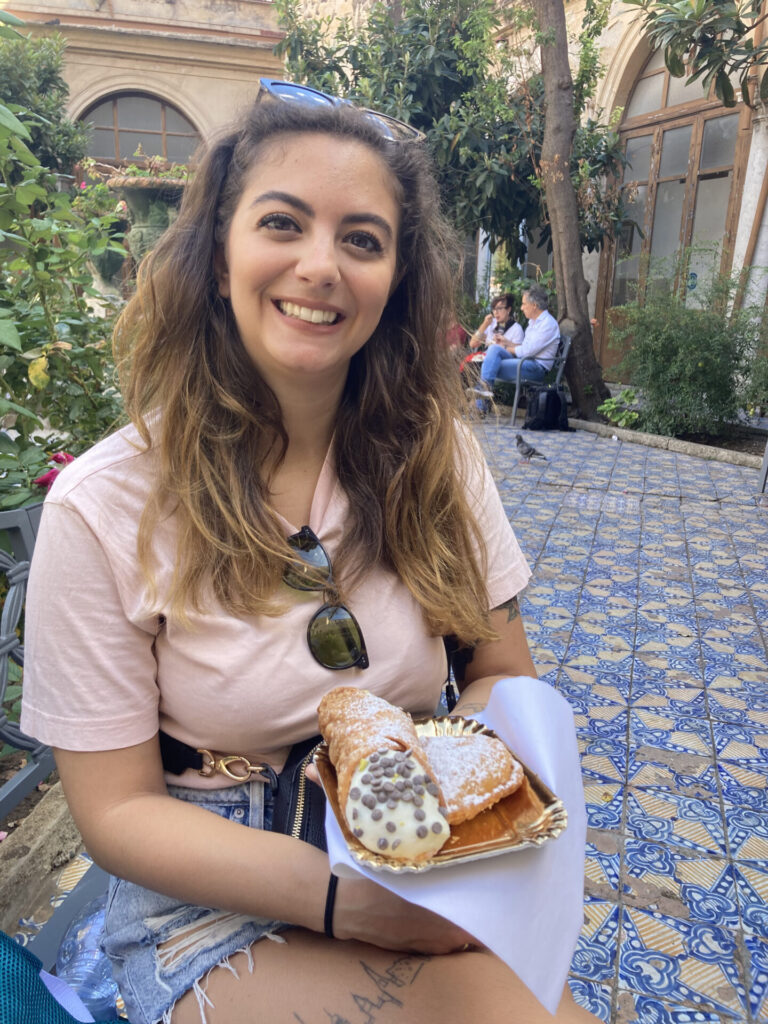
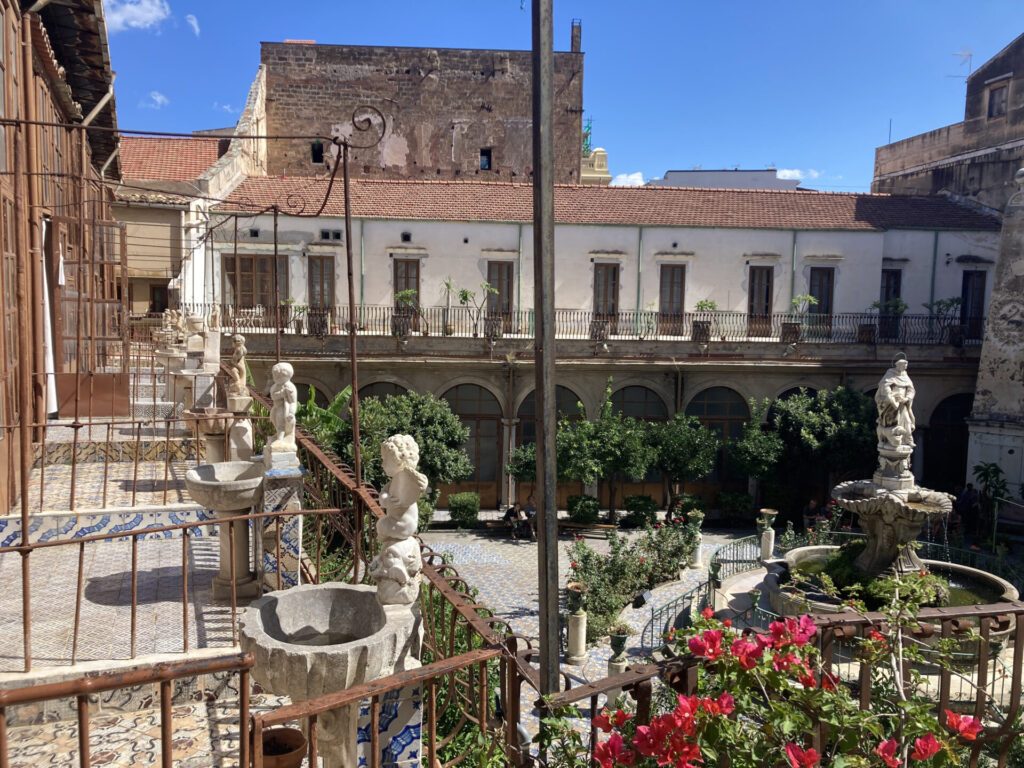
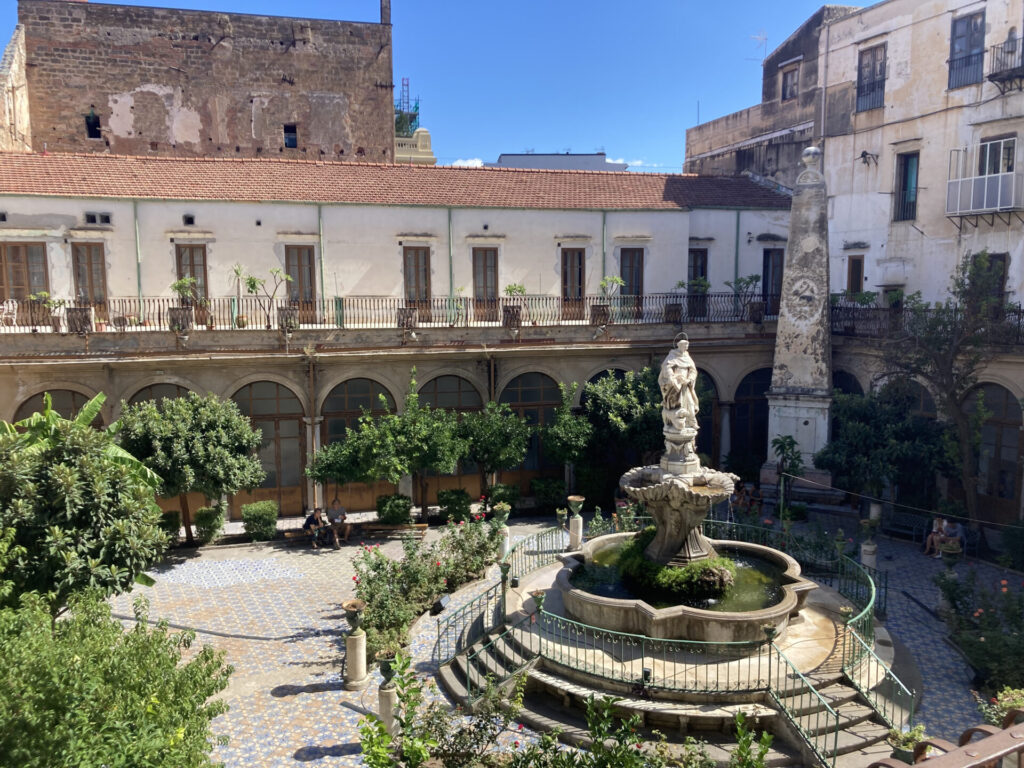
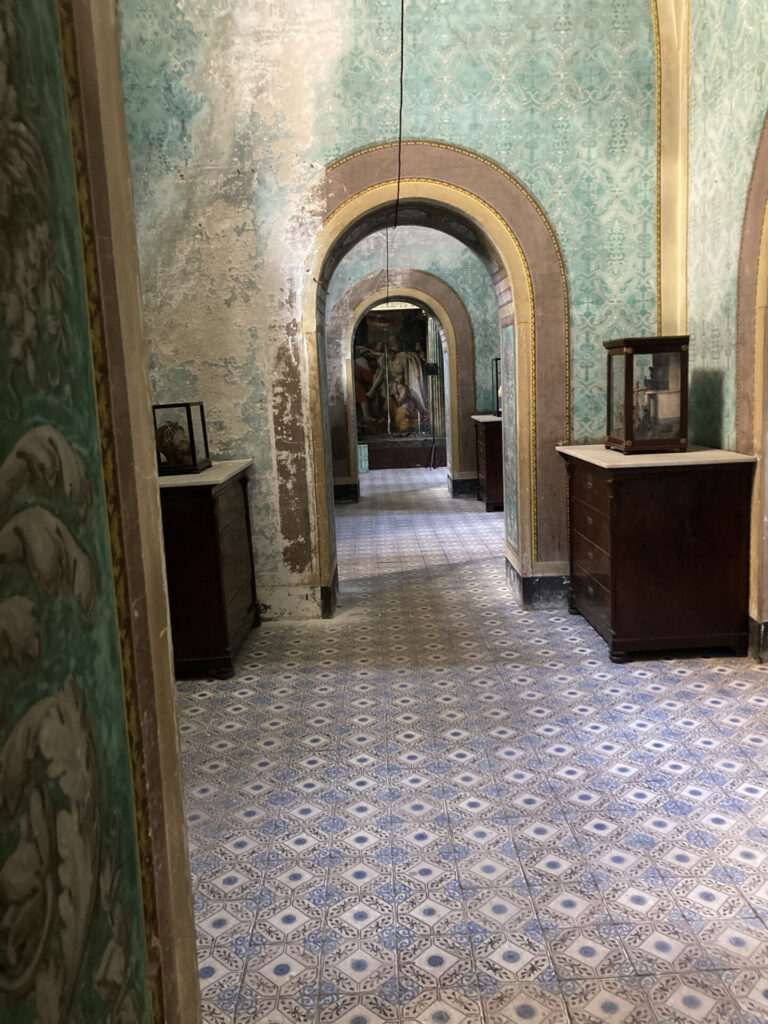
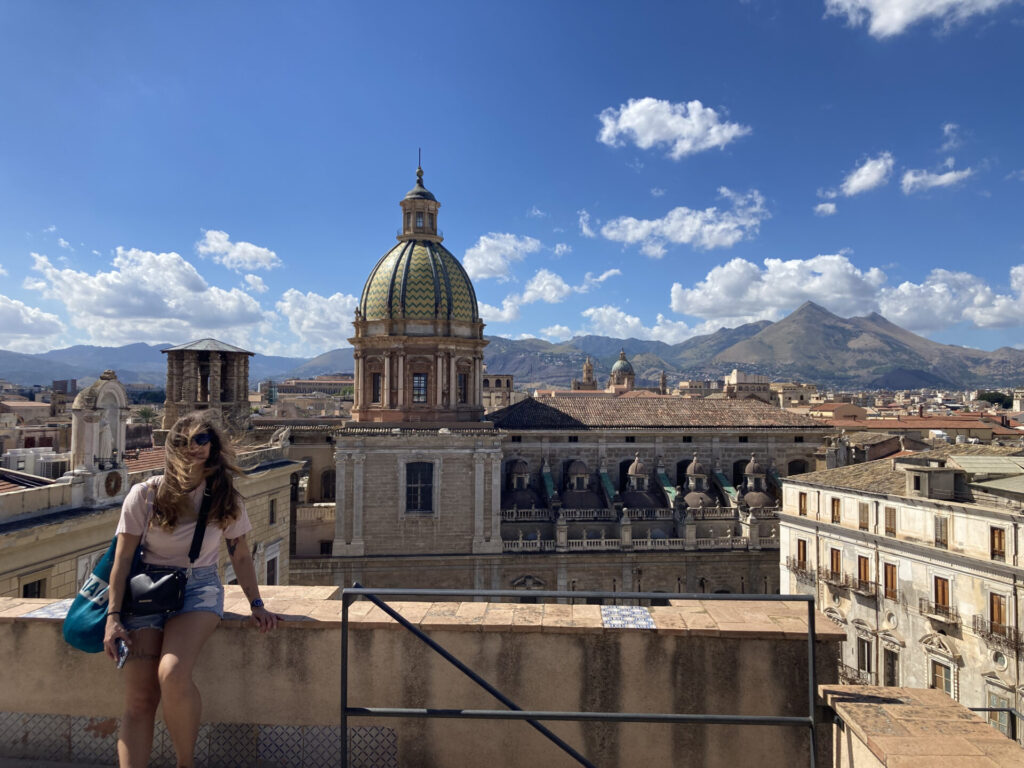
6. The waterfront – Port and Foro Italico
One of the best places to relax in Palermo is the harbor area and the Foro Italico. A ‘wide sidewalk overlooking the sea, scenic benches, sports areas, and a large expanse of green lawn await you.
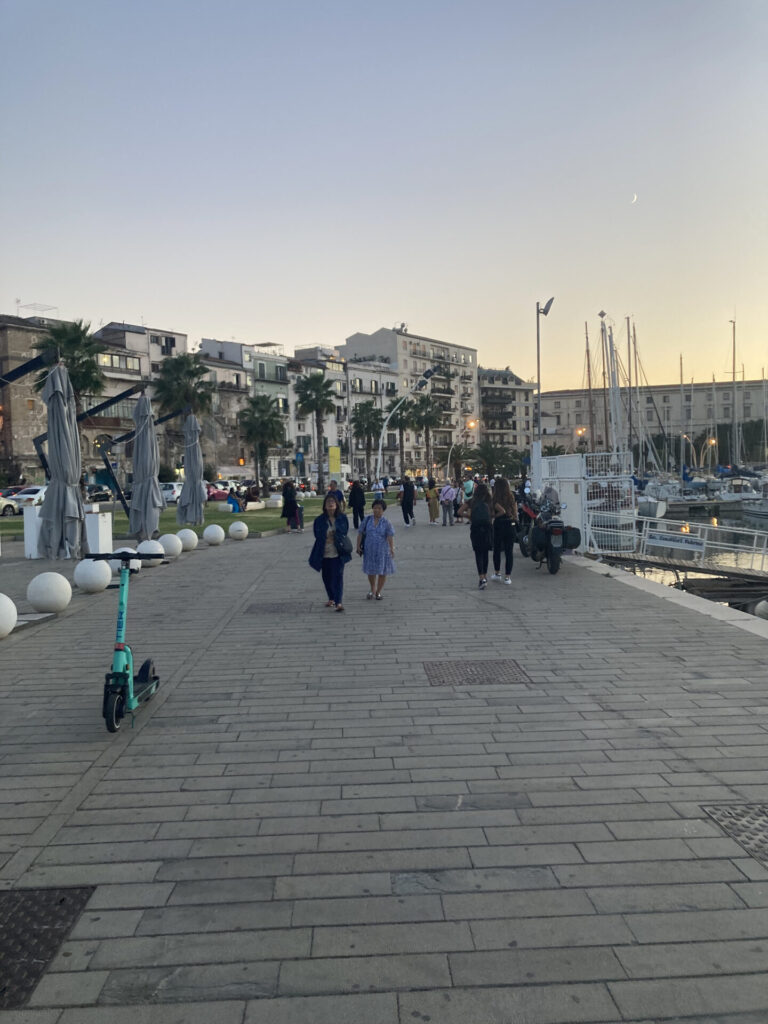
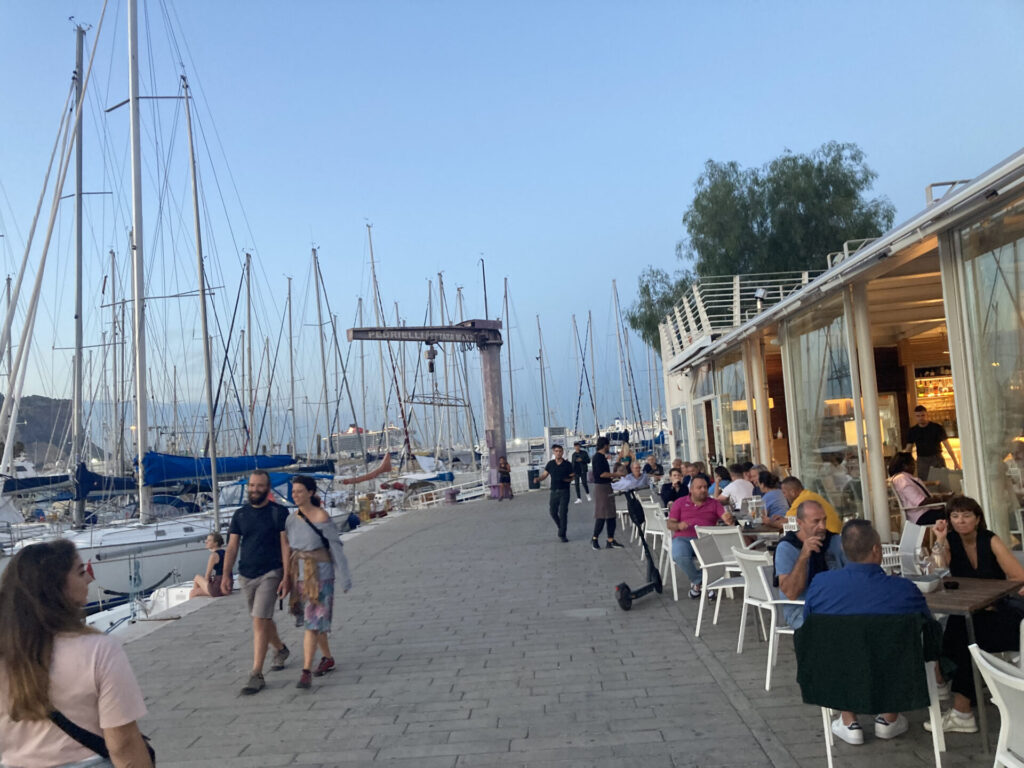
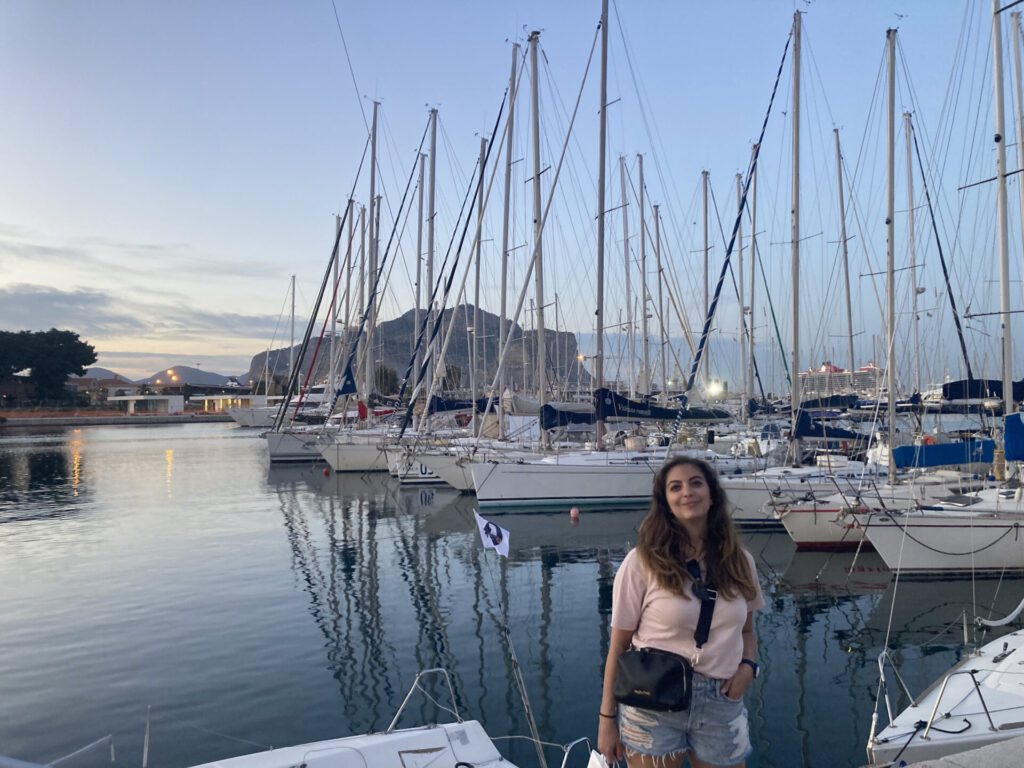
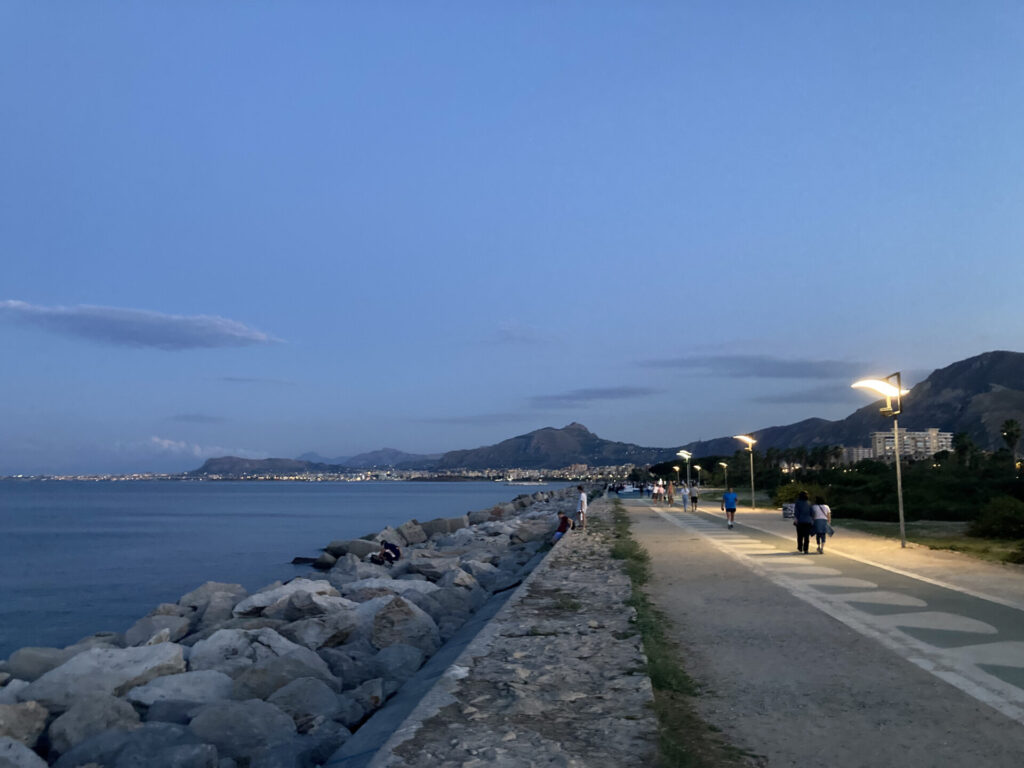
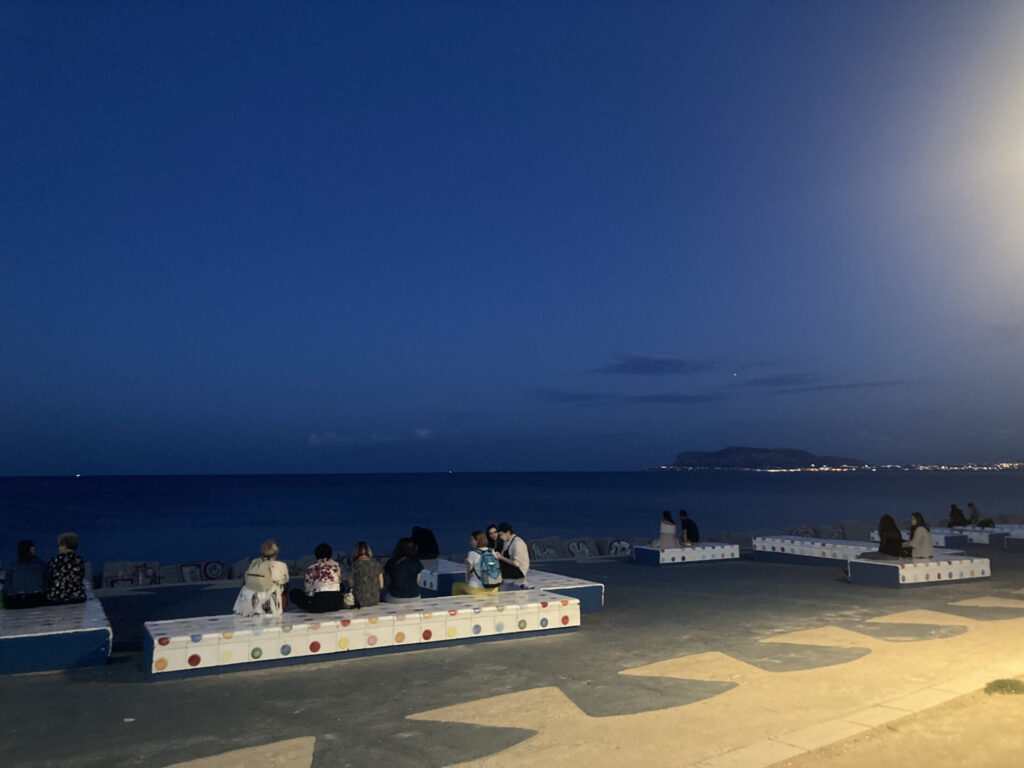
7. Antonino Salinas Regional Archaeological Museum
It is one of the most important archaeological museums in Italy in terms of the breadth and quality of the works housed. Here you will find artifacts from various cultures such as Egyptian, Roman, and Phoenician. The museum is well maintained, full of information, and the ticket price is negligible compared to the quality of the collections on display and the friendliness of the little turtles at the entrance.
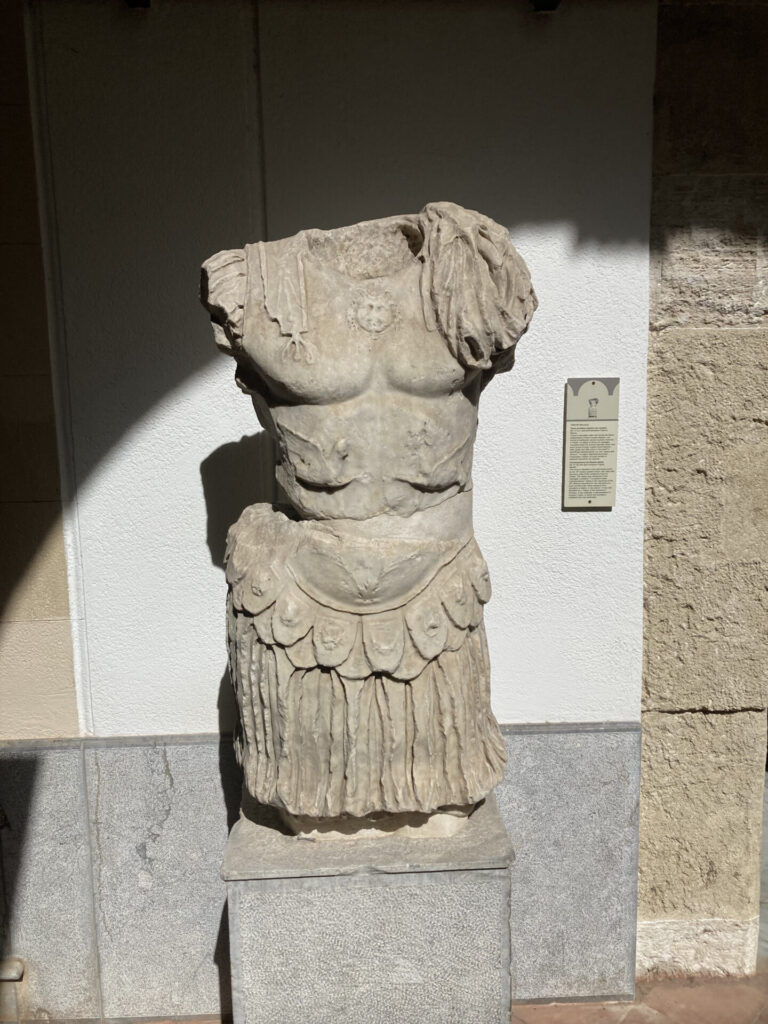
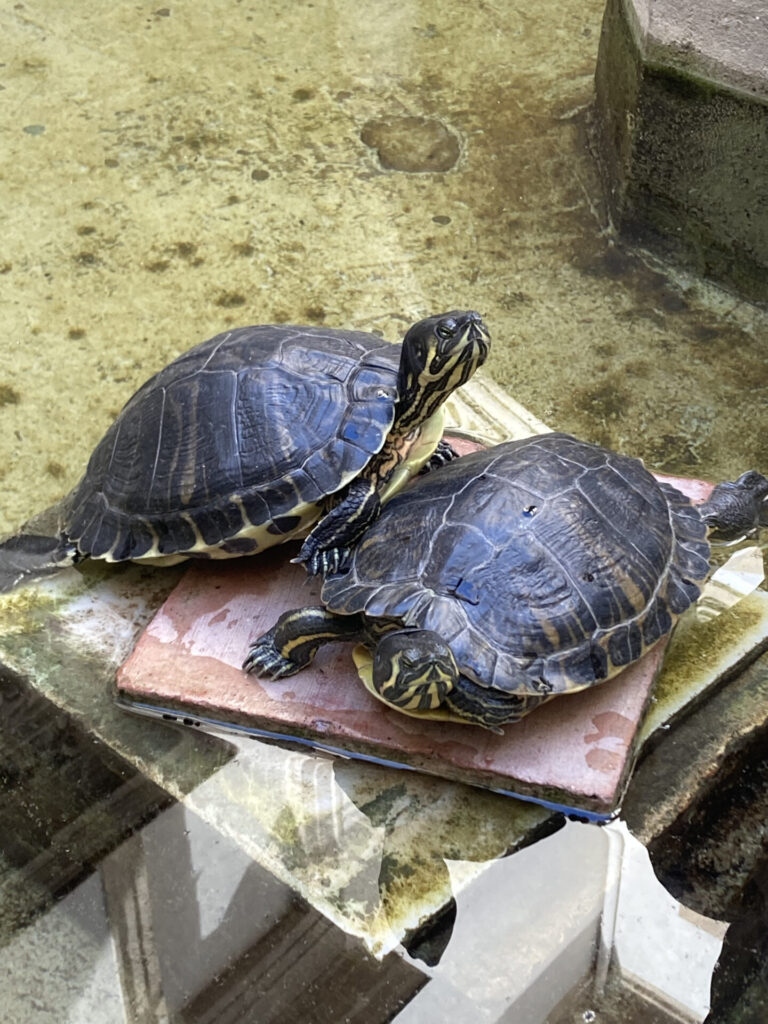
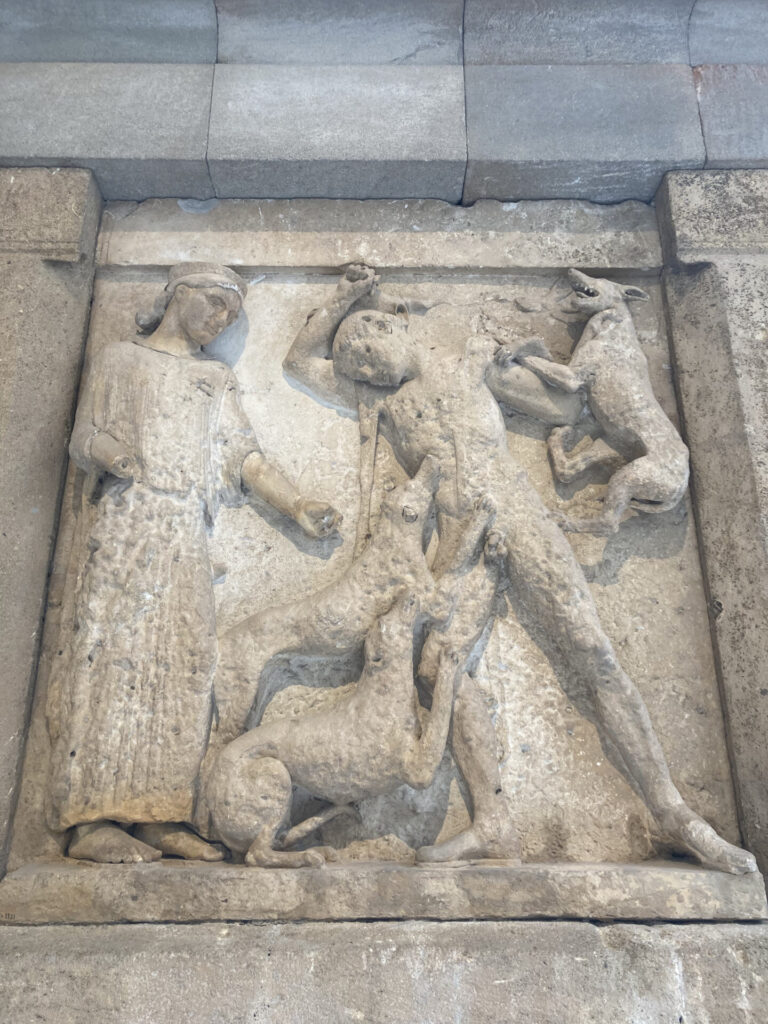
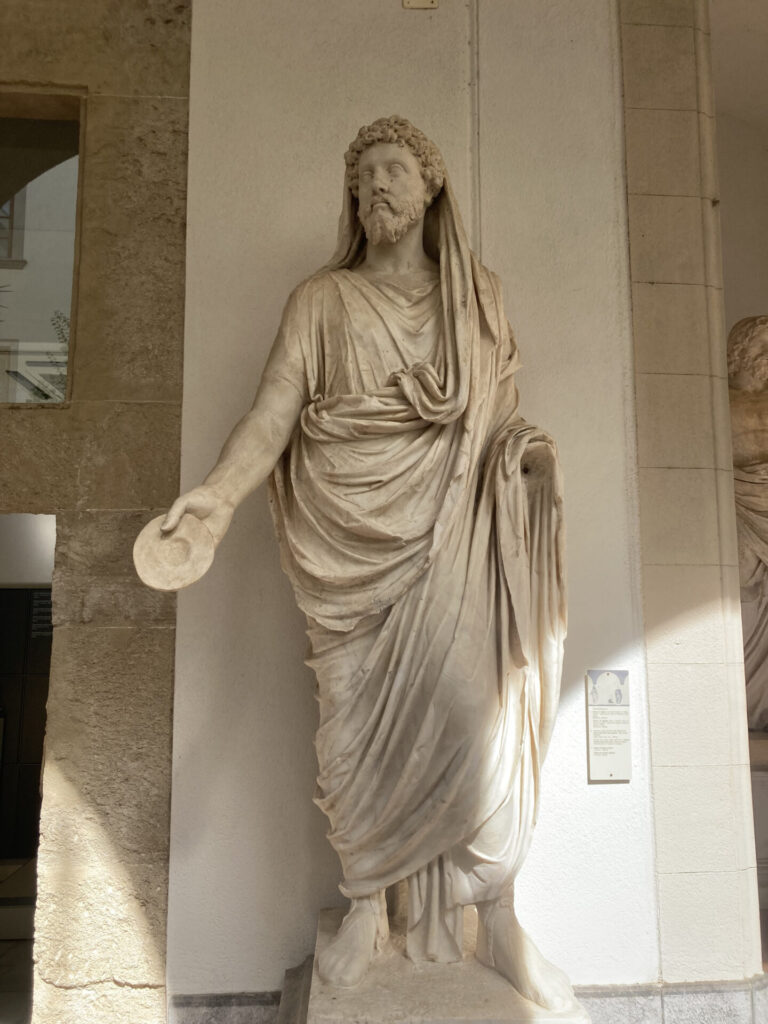
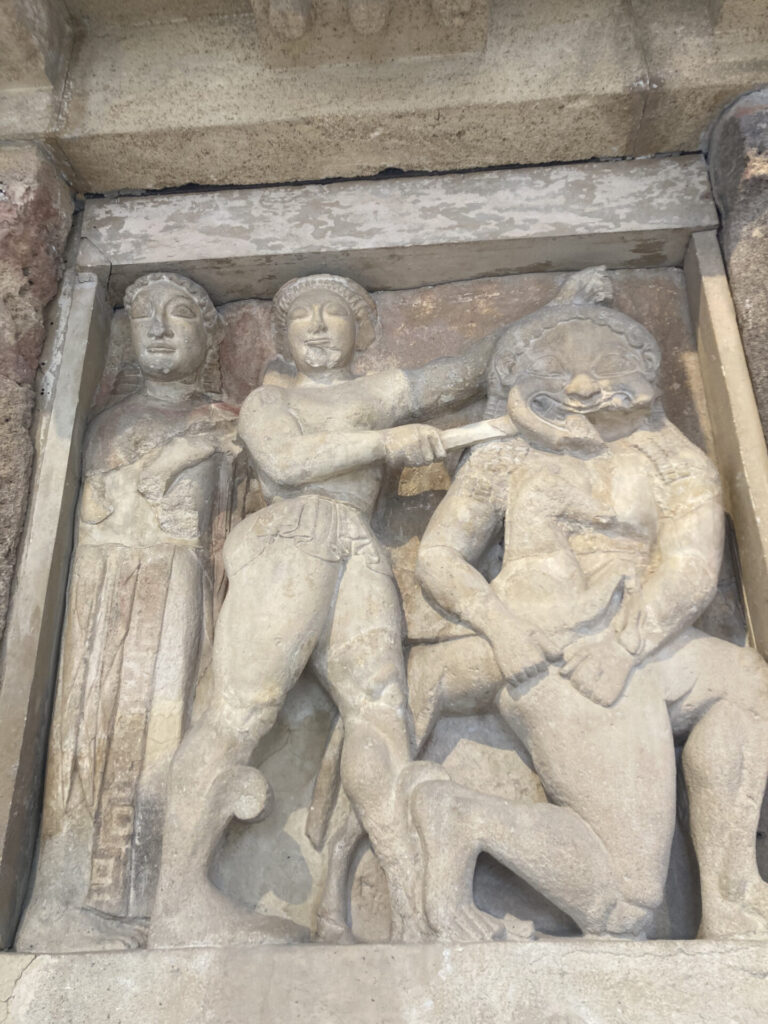
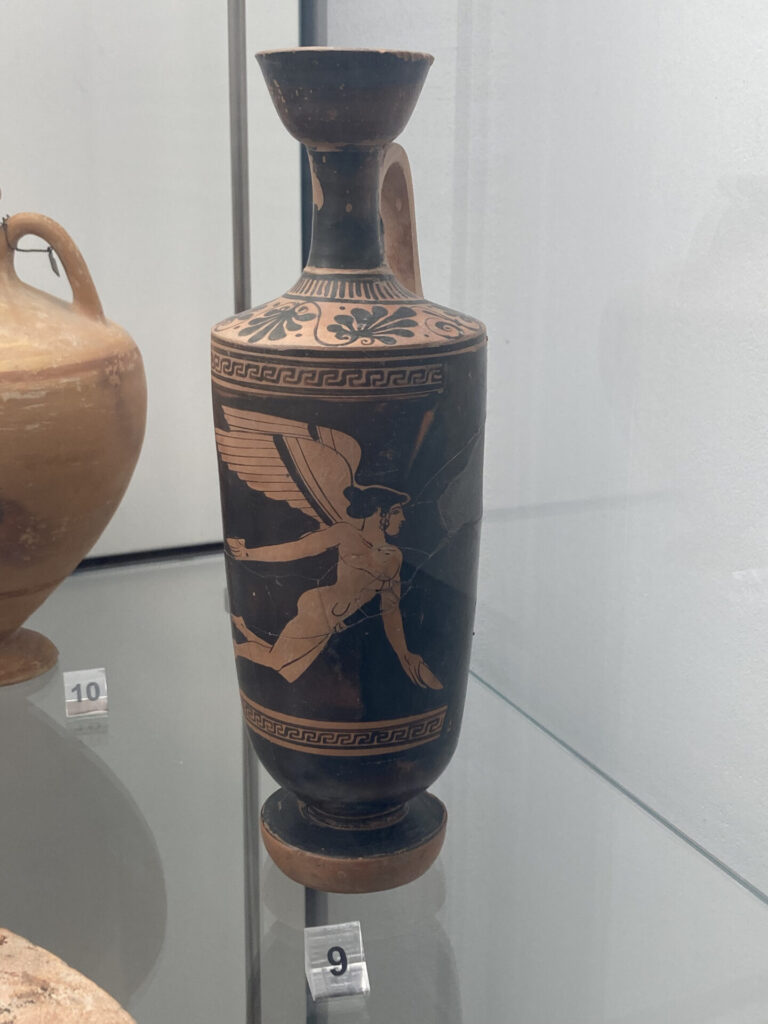
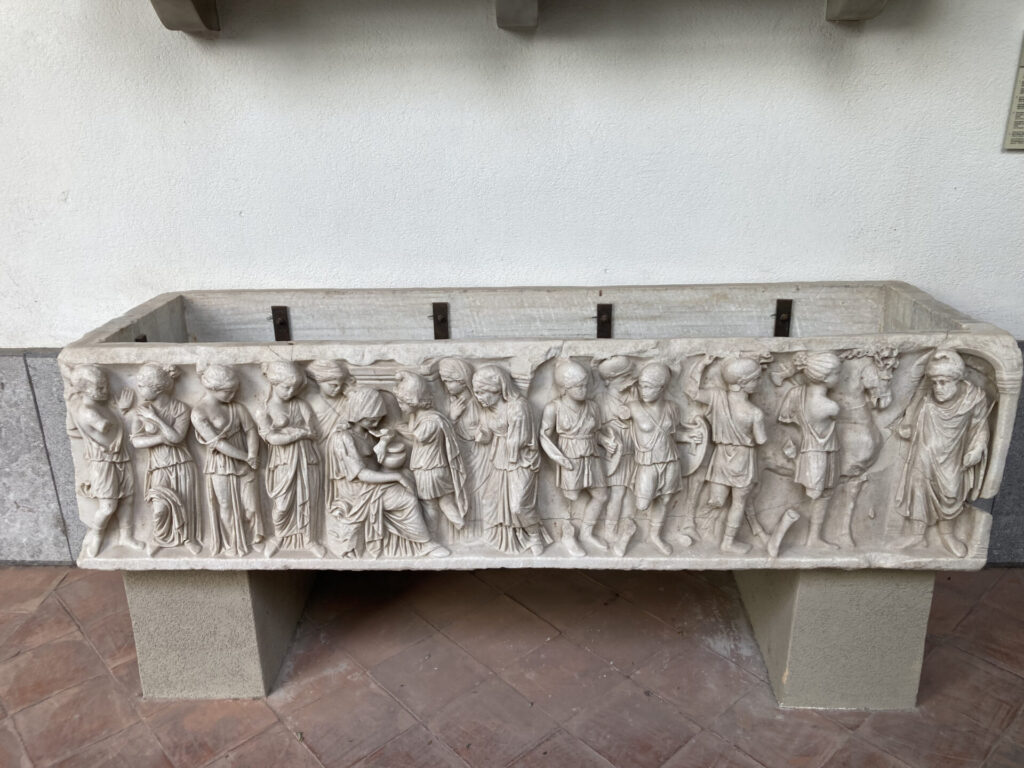
8. The Catacombs
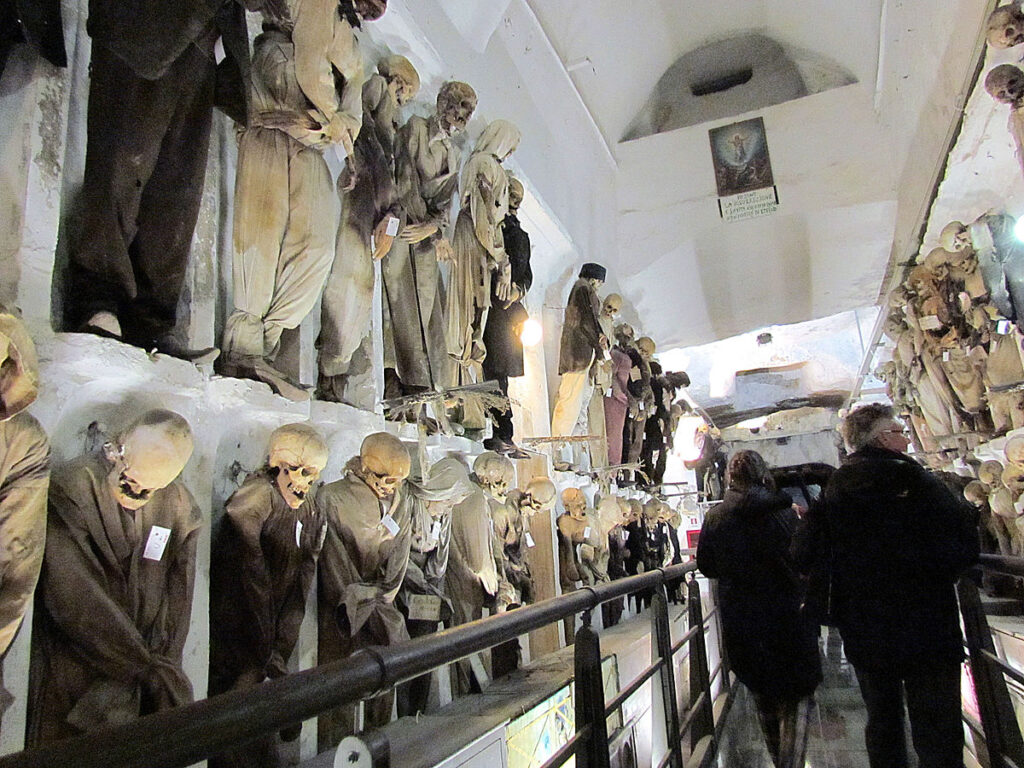
In the basement of the Capuchin convent of Palermo there is something truly Top Secret and unique in the world: A real cemetery with thousands of embalmed bodies from many centuries ago . A real journey to discover the uses, customs and traditions of the Palermo city society that lived from the seventeenth to the nineteenth century.
It all began in 1599 . Until then, the bodies of the friars were buried in a common grave. At a certain point, however, some bodies had to be exhumed, due to pit problems. The exhumed bodies were found undamaged to the wear and tear of time and then a miracle was shouted. These bodies were then exhibited in the basement of the convent and from that moment on all the bodies of the deceased were exhibited. At the beginning it was only the friars, but with the passage of time also members of the nobility and the middle and upper class chose this place as a tomb.
If you are an impressionable type, it is best to avoid it, otherwise it is really a place to visit to take a trip into the past and reflect on life.
9. Maximus Theater
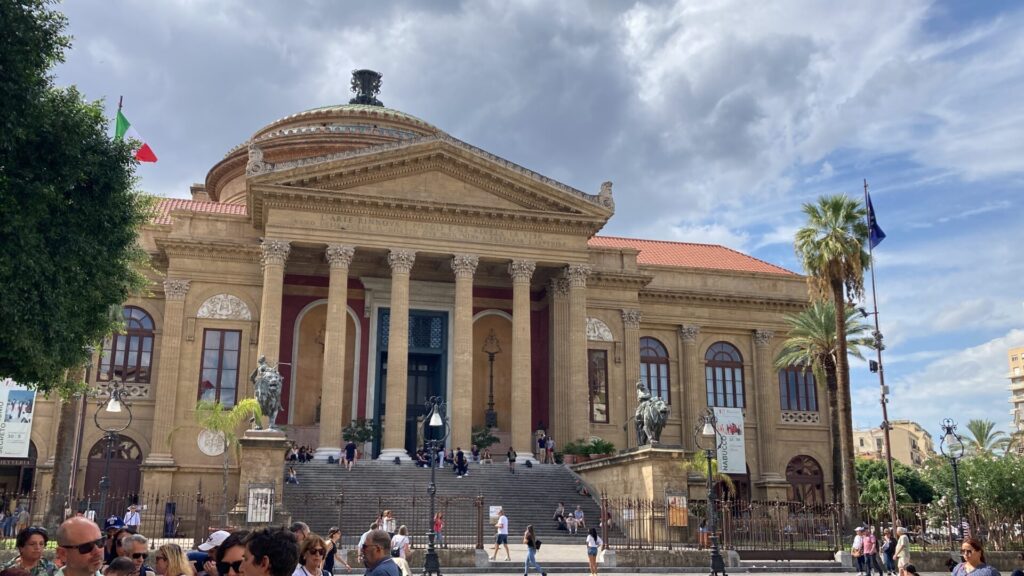
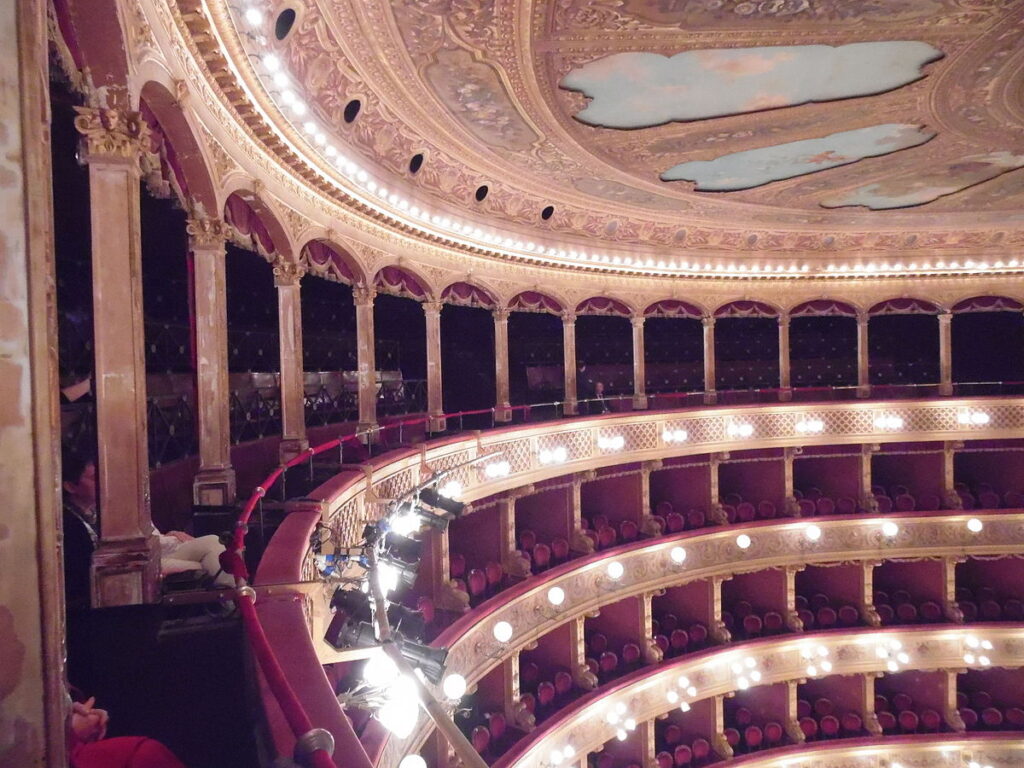
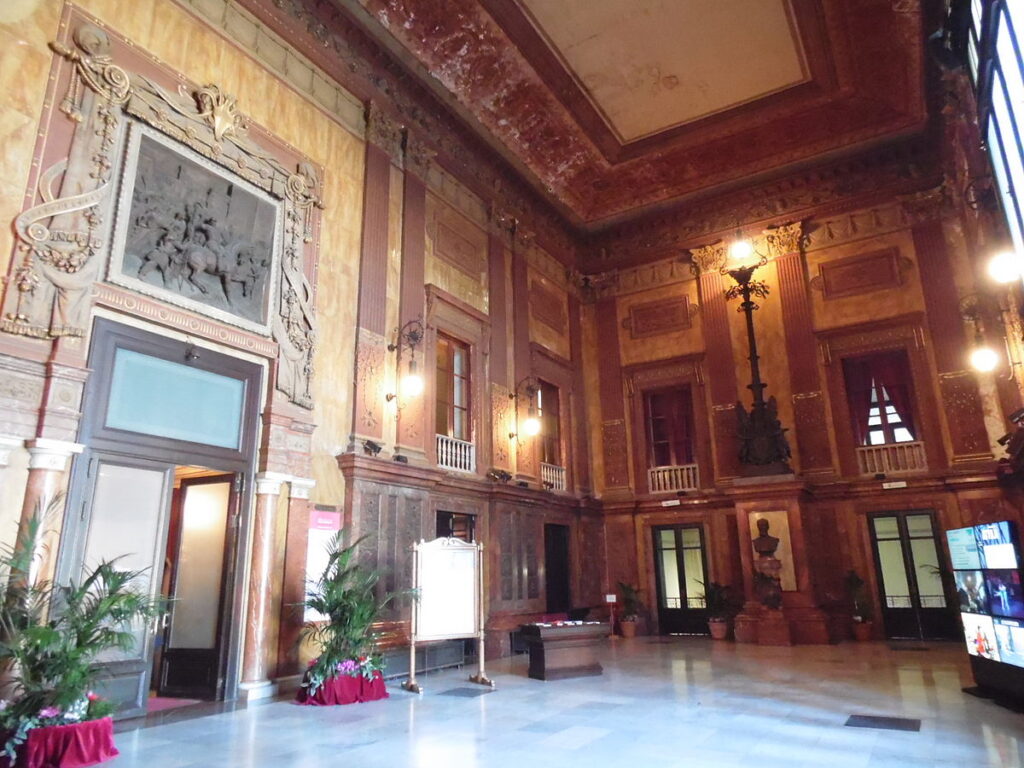
Virtual tour of the theater’s panoramic terrace
It was built in 1897 and is the largest theater in Italy and the third largest in Europe , after that of Paris and Vienna. The guided tour will take you to various rooms and you will be able to observe the grandeur of the theater and its artistic roof from the Royal Box. The visit from the terrace is also very nice, reachable by a ladder and from where you will dominate all of Palermo.
Tip from Topsecretsicily: You can book a guided tour at the Teatro Massimo here.
10. Four songs
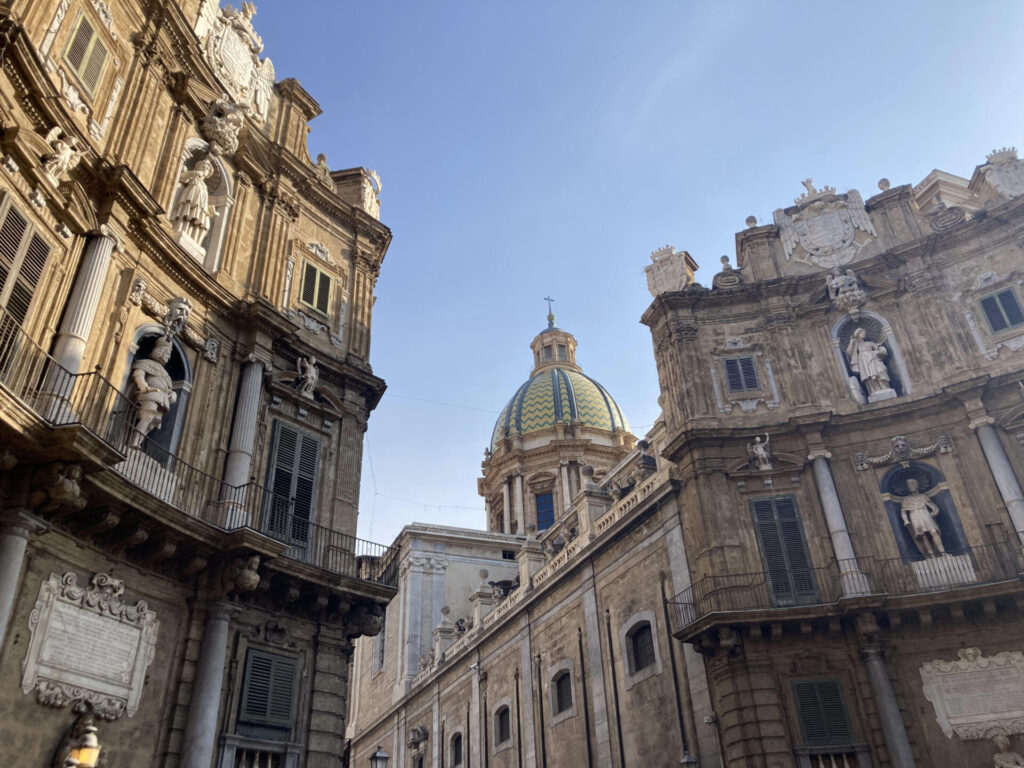
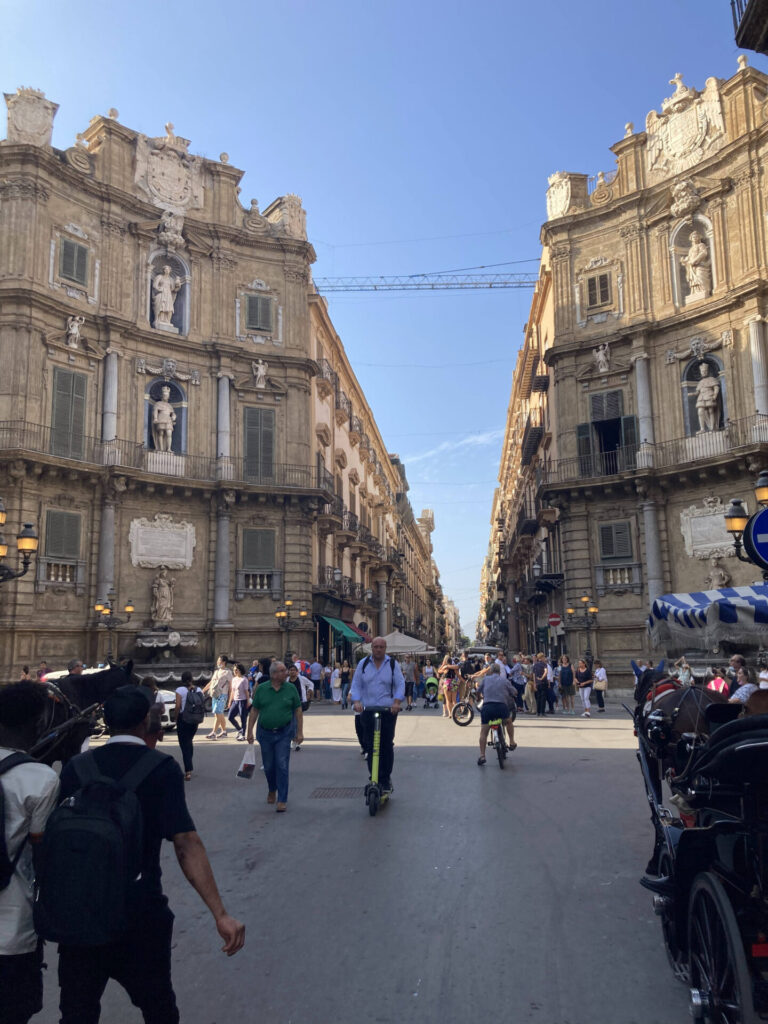
They are located in the square at the intersection of Palermo’s two main thoroughfares: the Via Maqueda and the Cassaro, now Via Vittorio Emanuele (an ancient street of Phoenician origin, connecting the acropolis and the Norman Palace to the sea). Given their beauty, they are rightly included in the list of things to see in Palermo.
The four marvelous buildings were built around 1600 and represent, in various levels, the world of nature up to the world of the sky. The first floor of the facade is composed of fountains that echo the rivers of the ancient city, the second contains the allegories of the four seasons (represented by Aeolus, Venus, Ceres and Bacchus), the third houses the statues of Charles V, Philip II, Philip III and Philip IV and finally, in the higher order, the four Palermo saints, Agata, Ninfa, Oliva and Cristina are represented.
A little curiosity to make your visit more interesting: Public executions took place here in the past!
11. Chiaramonte-Steri Palace – UNESCO
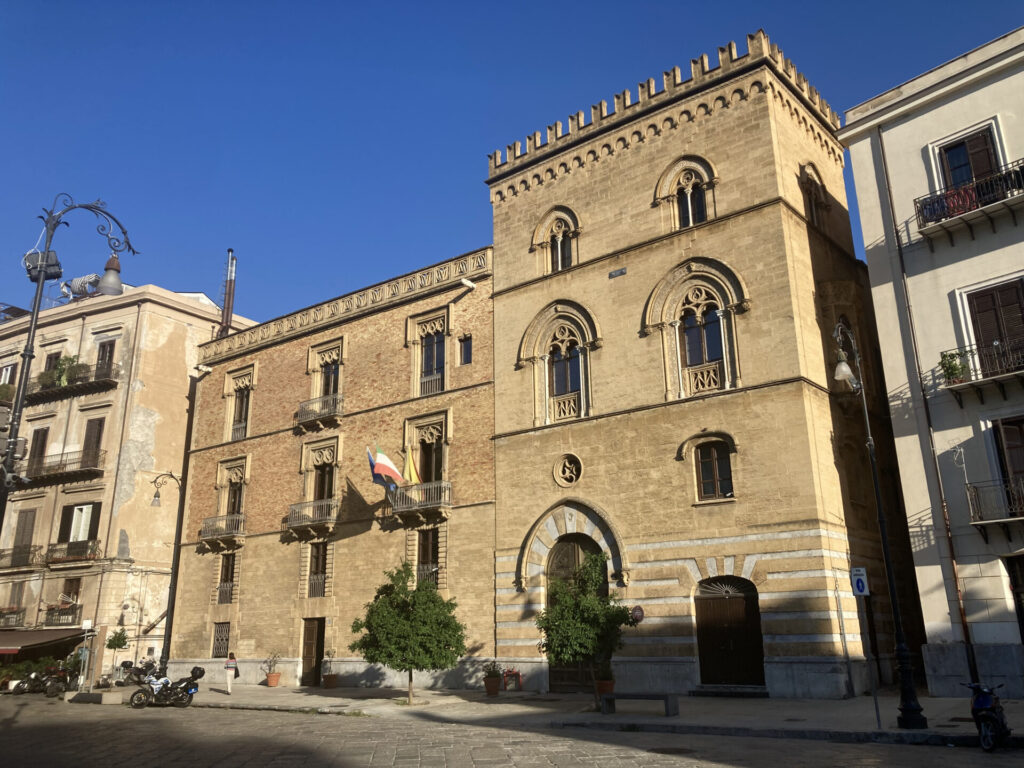
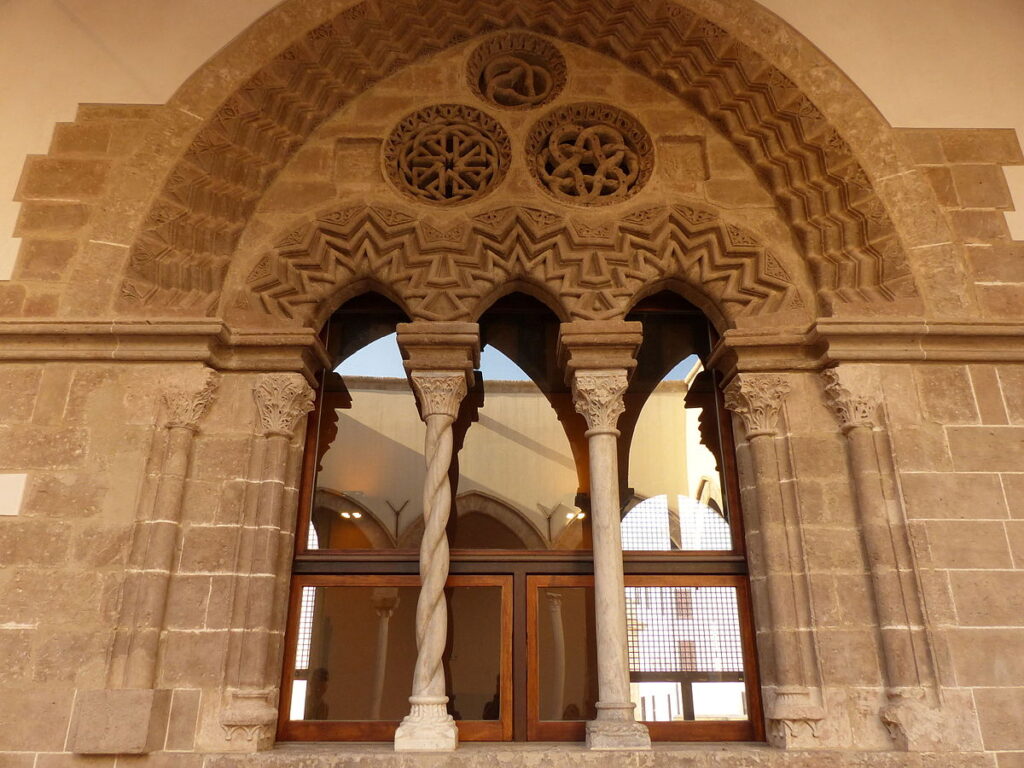
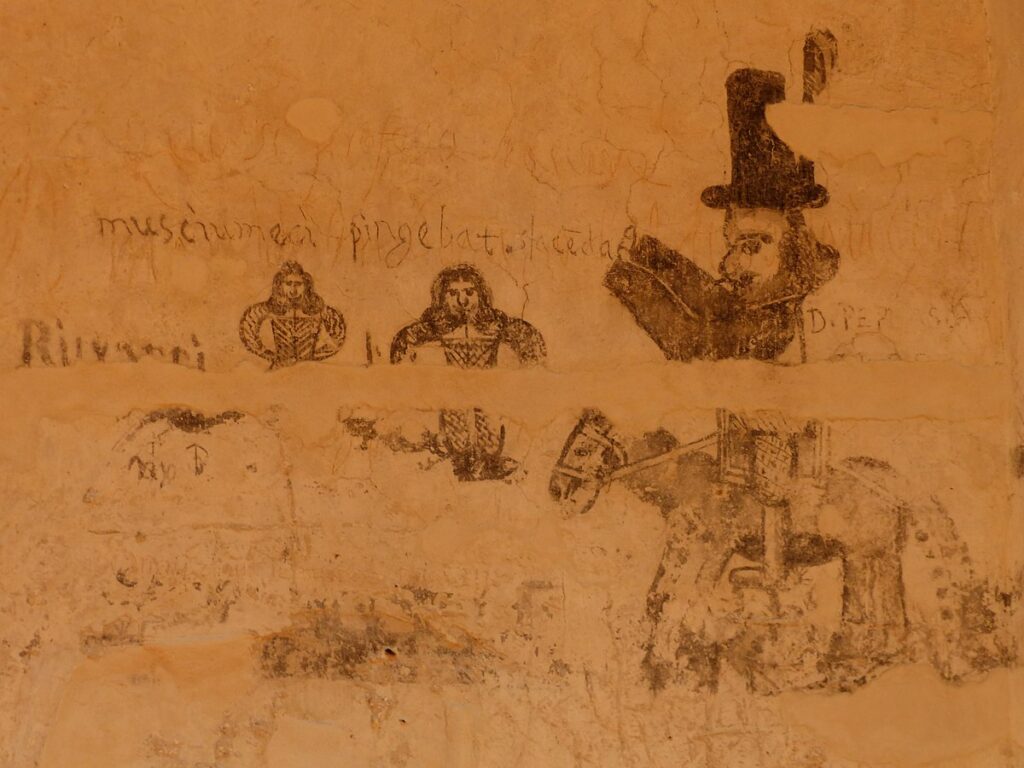
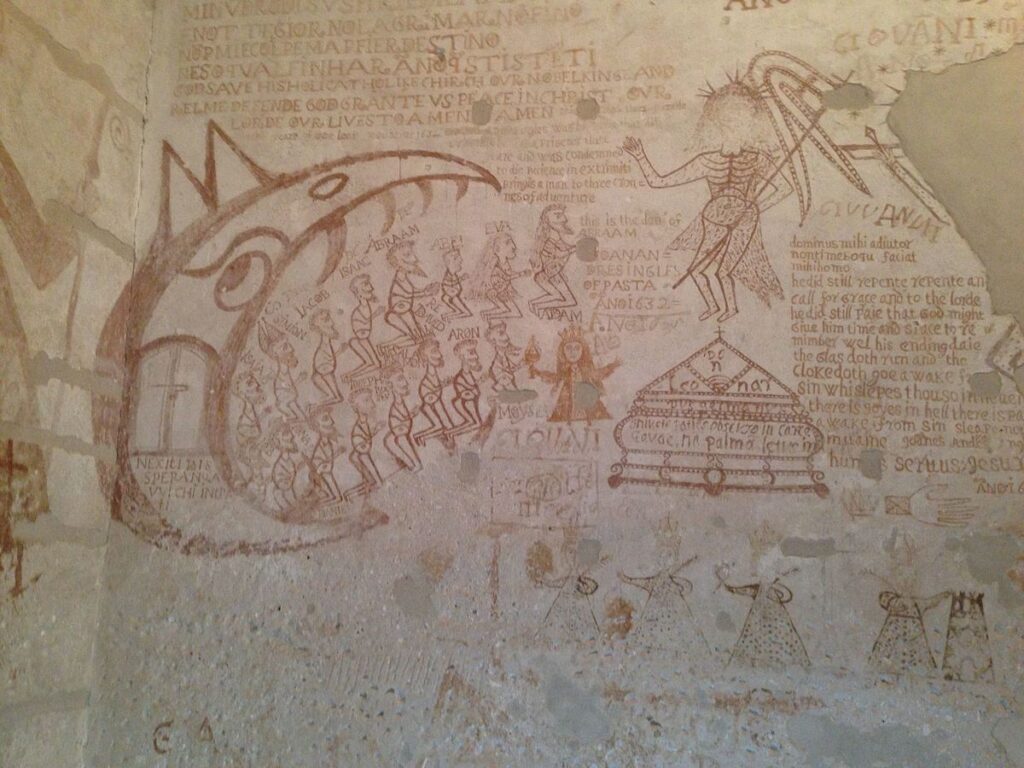
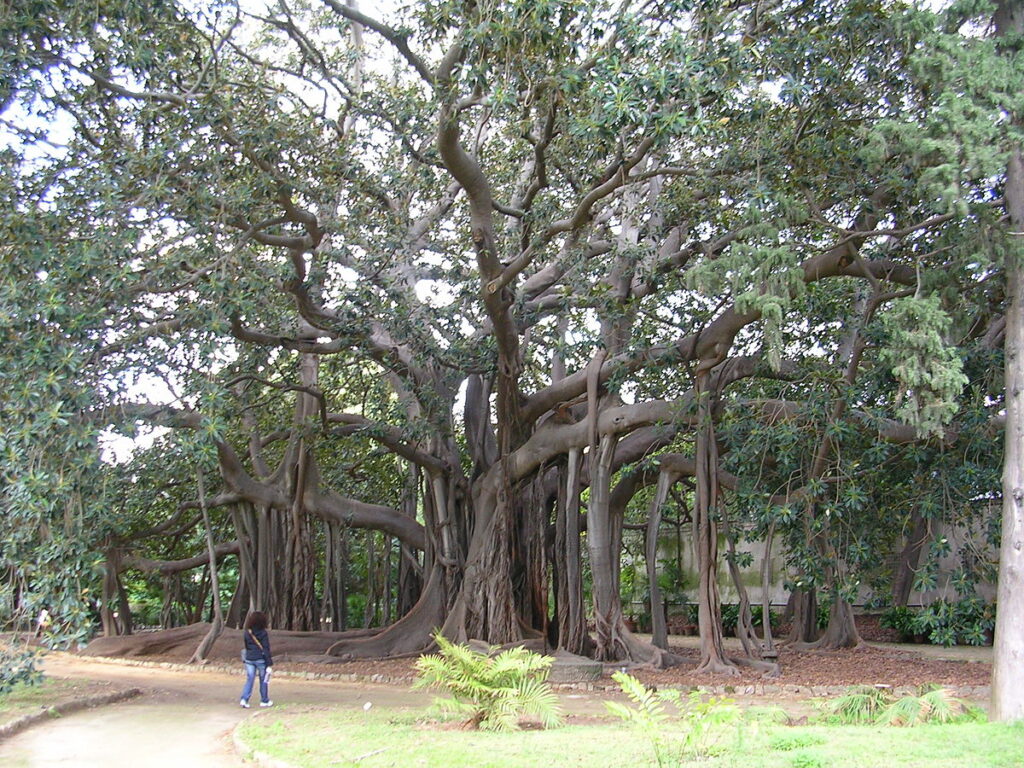
The palace dates back to 1300 and incorporates elements of Islamic and Norman art. It was built by Manfredi I, a count of Modica and was used over time as the residence of the Spanish Viceroys and also as the seat of the court of the inquisition.
Curiosity: In the Marina square, near the palace, the Car from Fé , the acts of faith, during which the “guilty” were condemned. They were dragged into public with their hair shaved, dressed in sacks and headgear and flogged and often sentenced to the stake.
In the prison walls testimonies of the last terrible moments experienced by the condemned were found . In fact, during the restoration of the building, drawings and graffiti made by the prisoners before the sentencing were discovered. They were created by mixing body fluids with red brick dust.
Another little big curiosity: Next to the building is located one of the largest specimens of Ficus in the whole of Europe . A tree over 30 meters high and twenty meters wide.
12. The markets of Palermo
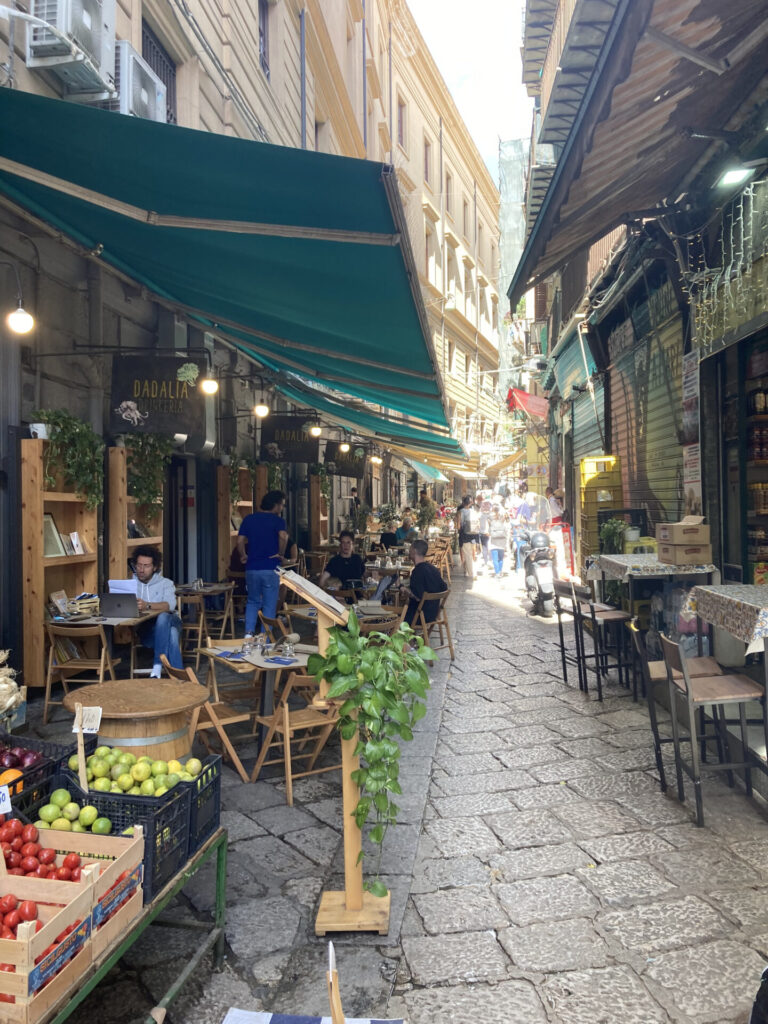
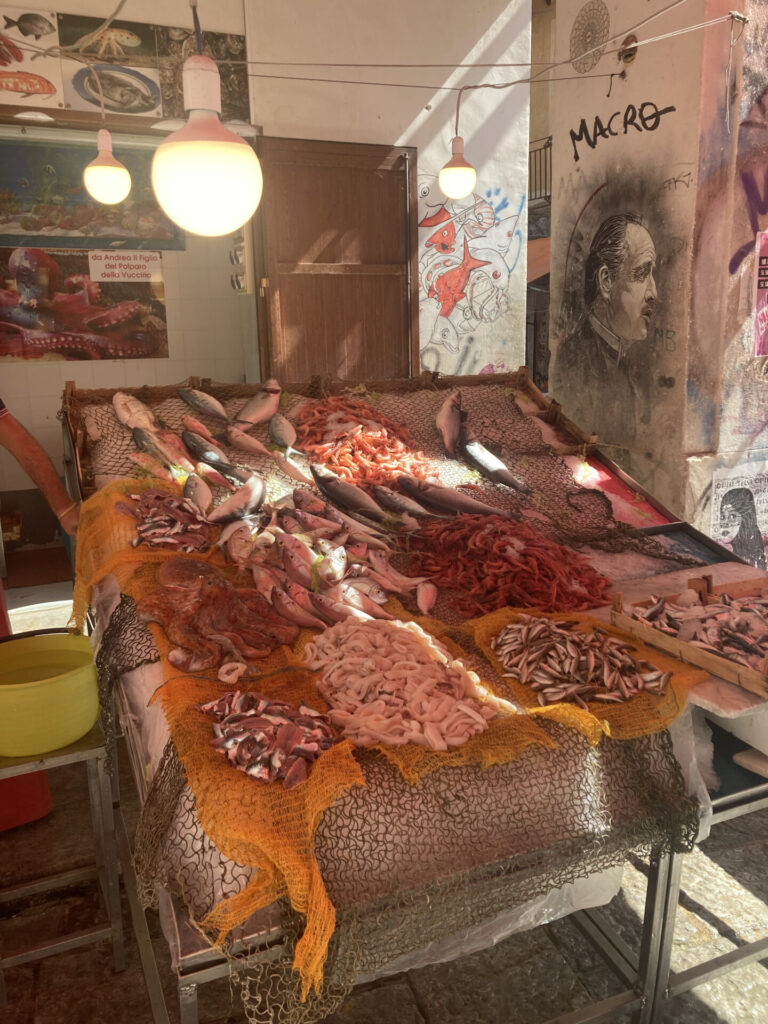
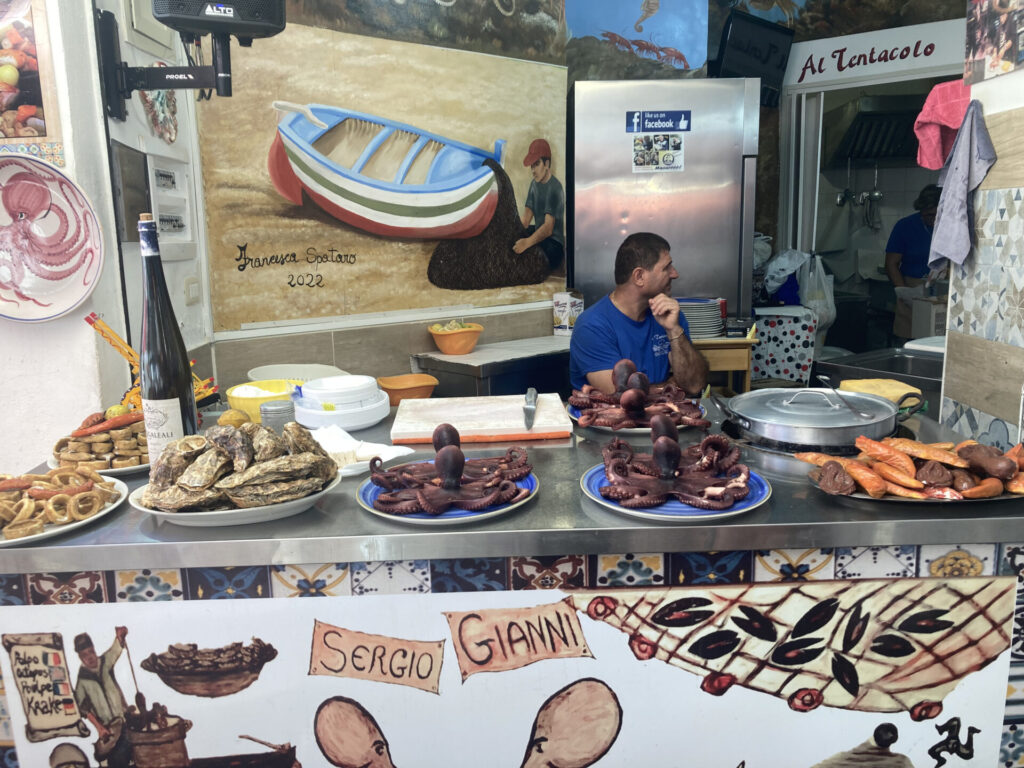
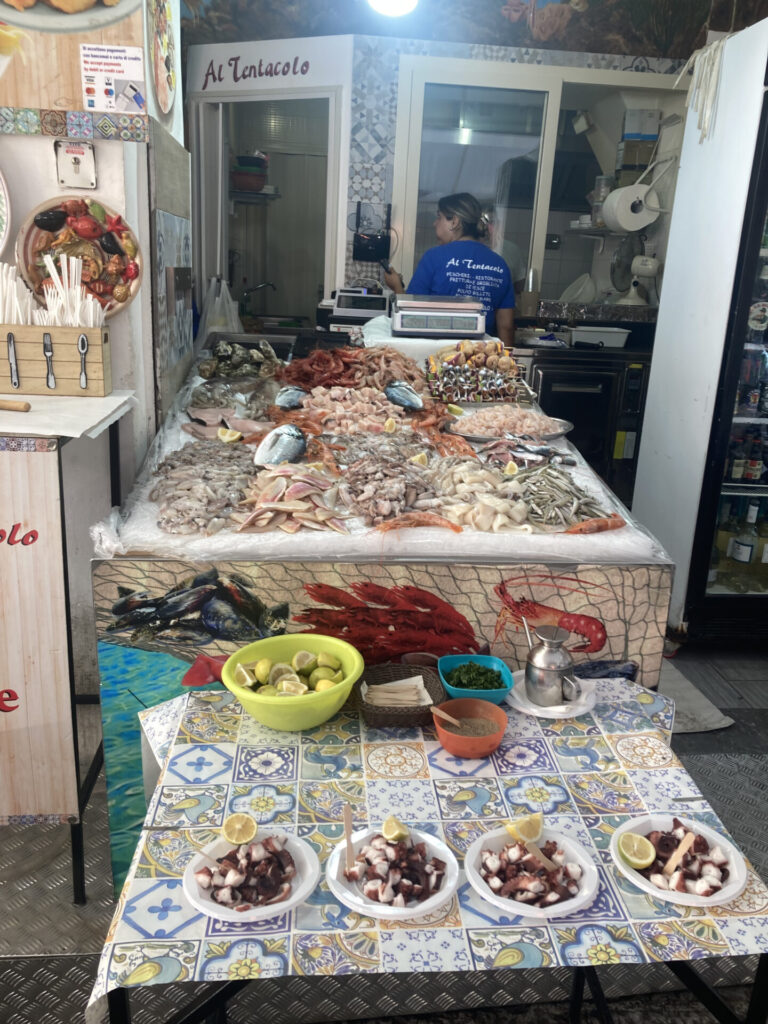
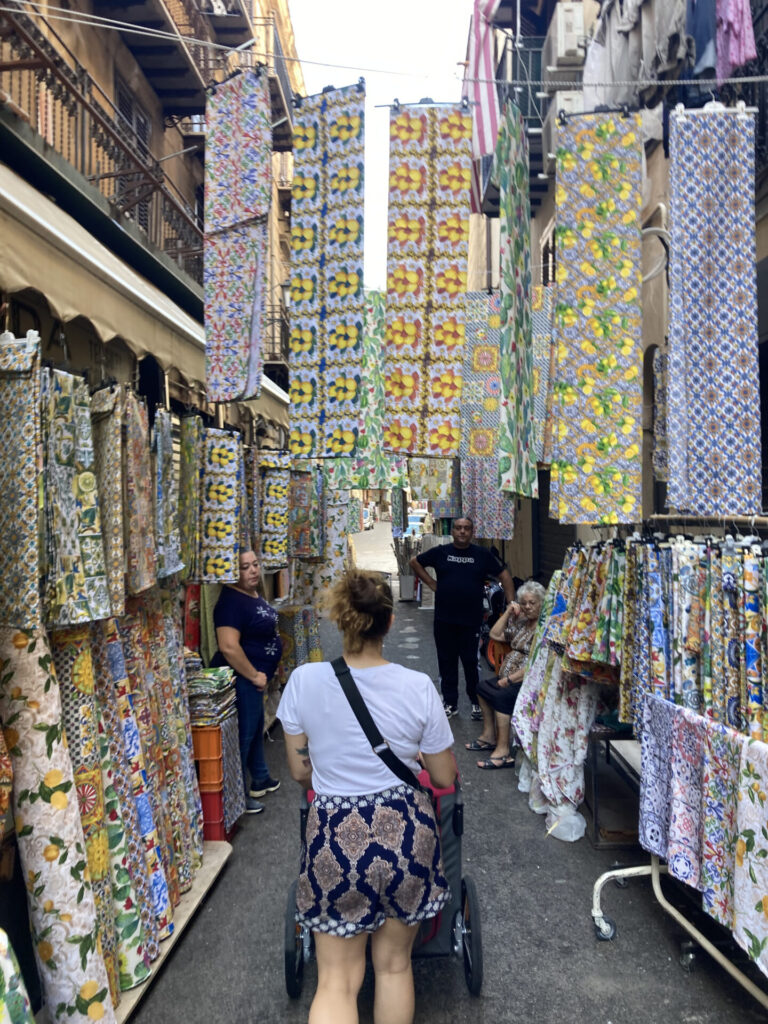
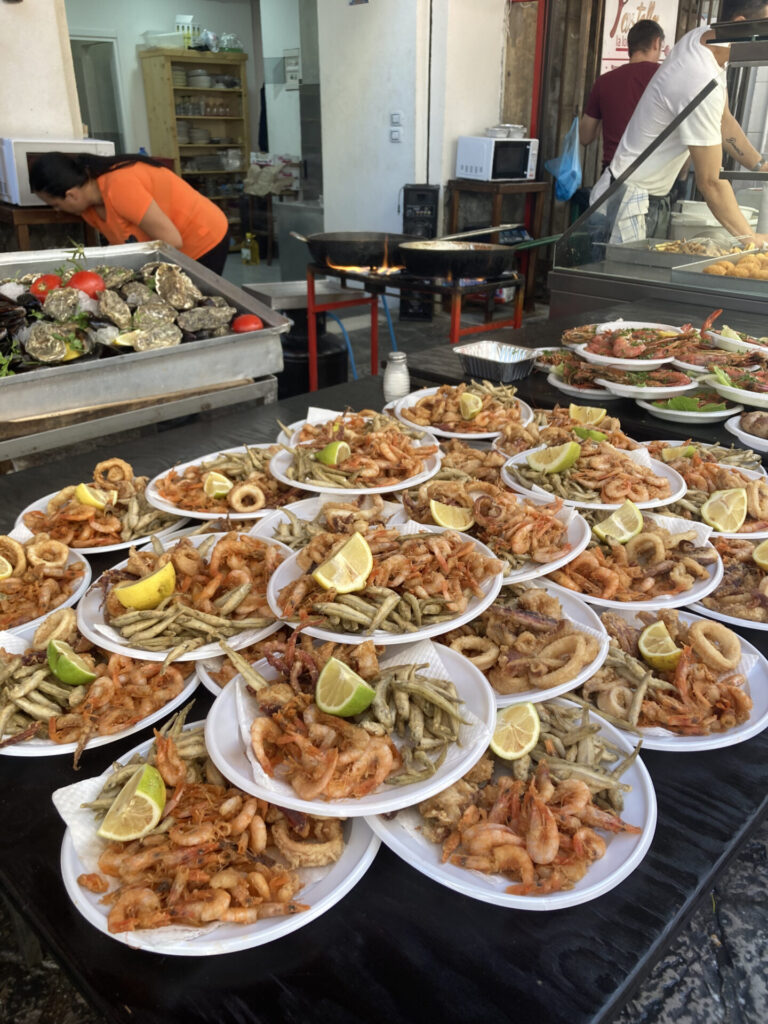
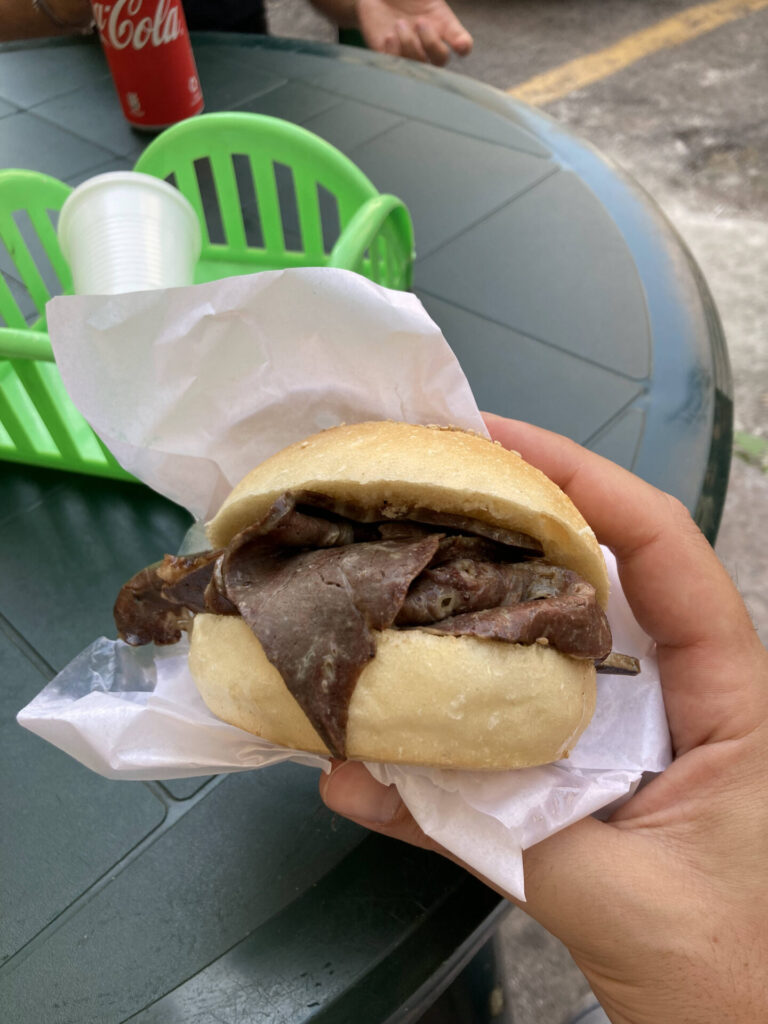
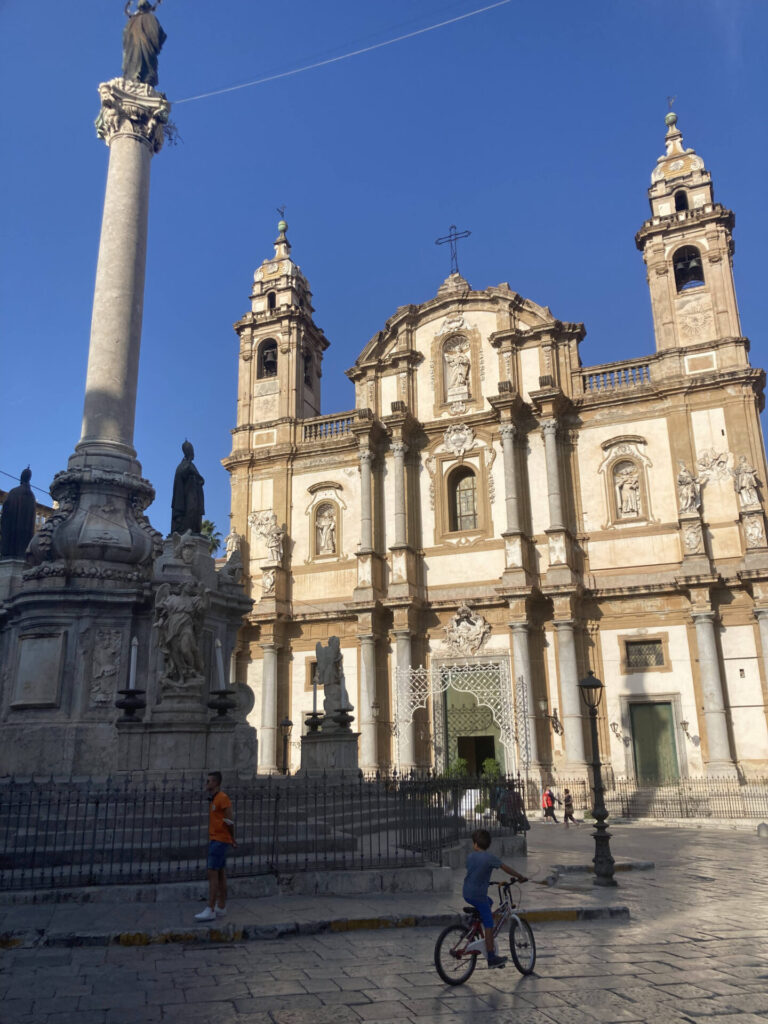
Palermo is full of open-air markets, an aspect that makes it truly special and fascinating. The most famous are those of Ballarò, Capo and Vucciria. The latter is the smallest, but not unremarkable, on the contrary. It has very ancient origins. The name comes from a French word, boucherie meaning butcher’s shop, because in Angevin times a slaughterhouse stood there. In the evening, the Vucciria market turns into the center of Palermo’s movida, where you can drink and eat at affordable prices and dance outside under the stars.
Everything can be found here, meat, fish, fruit, vegetables and even cooked foods, typical of Palermo cuisine, such as panelle and cazzilli bread (bread with a mixture of chickpea flour and potato croquettes), sfincioni (typical focaccia), boiled vegetables, boiled octopus served with lemon and salt, panino ca meusa (sandwich with veal spleen), onions baked and grilled stigghiola (veal guts).
Hours: daily from 9 to 20:00.
Tip from Topsecretsicily: You can book a tour with street food tasting here.
13. Mondello Beach
Mondello is a renowned seaside resort located a short distance from the center of Palermo. Its crystal clear waters and golden beach make it an ideal place to relax and enjoy the Sicilian sea. Mondello’s beaches are perfect for a day of sun and sea during your visit to Palermo.
Also very nice is the old Art Nouveau bathhouse from 1900, located in the center of the gulf . The nearby one is also worth visiting Capogallo Nature Reserve overlooking the sea, truly a small paradise for nature lovers.
The beach is very crowded, especially in July and August, so it’s best to go at other times if you have the opportunity. The water is really beautiful, transparent and crystalline, but in periods of greater influx or due to algae, it could become numb. In this regard, the water in the east area (right side of the Art Nouveau building) looking towards the sea tends to remain cleaner.
Tip from Topsecretsicily: Here you can book a private boat tour, snacks included.
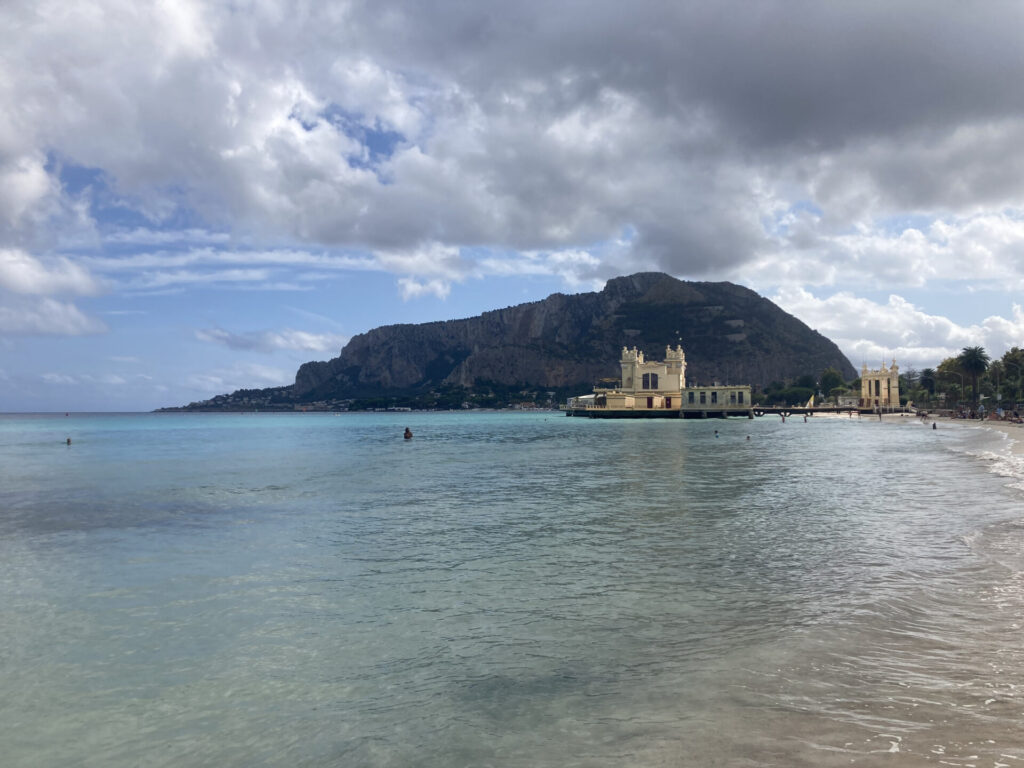
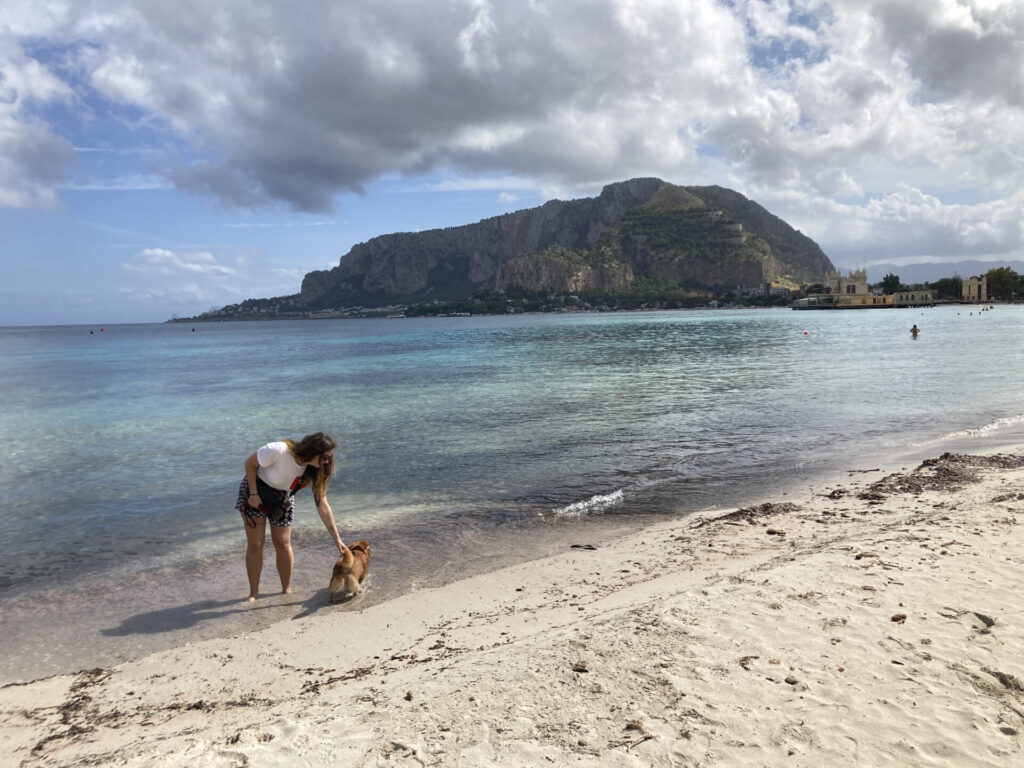
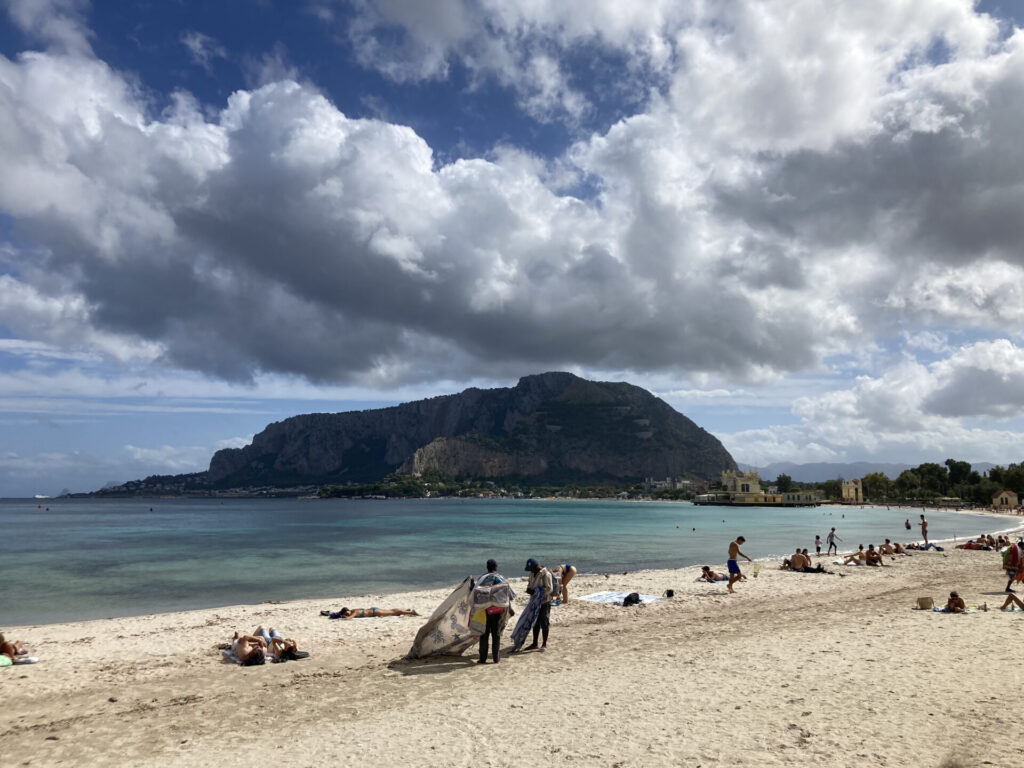
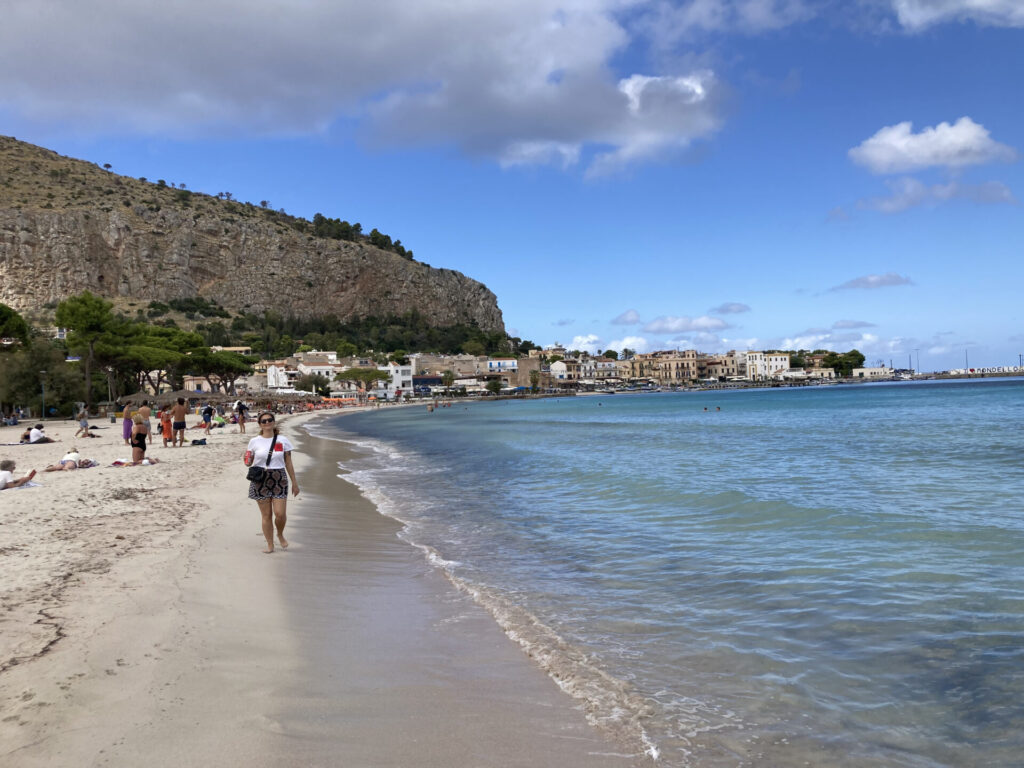
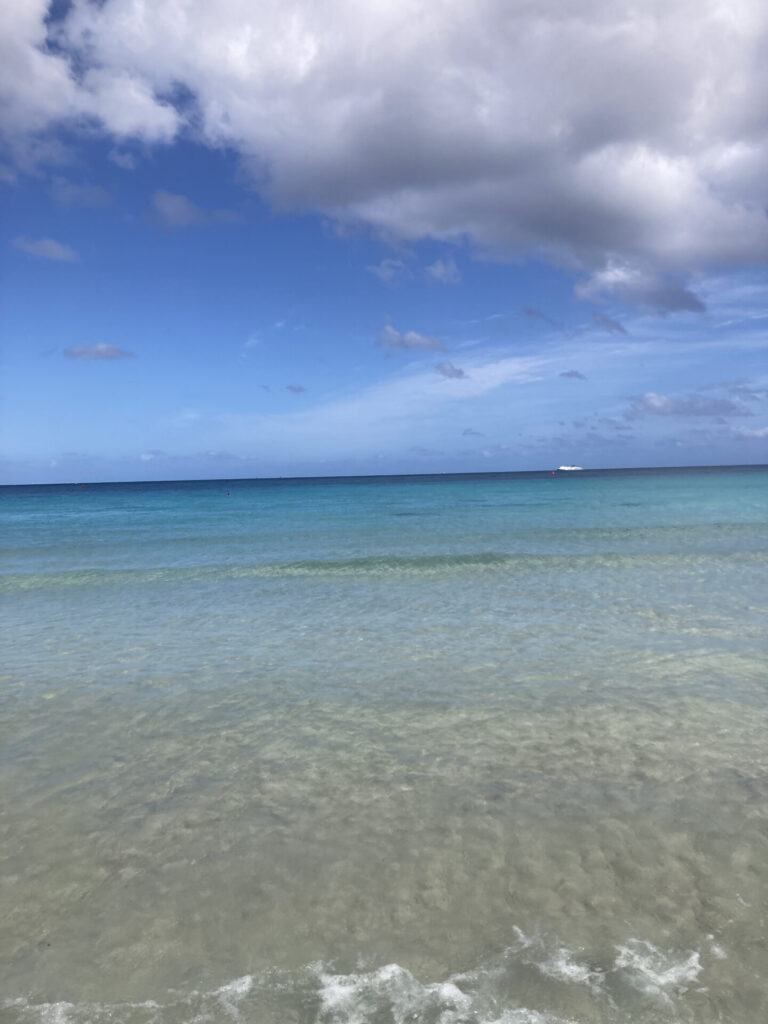
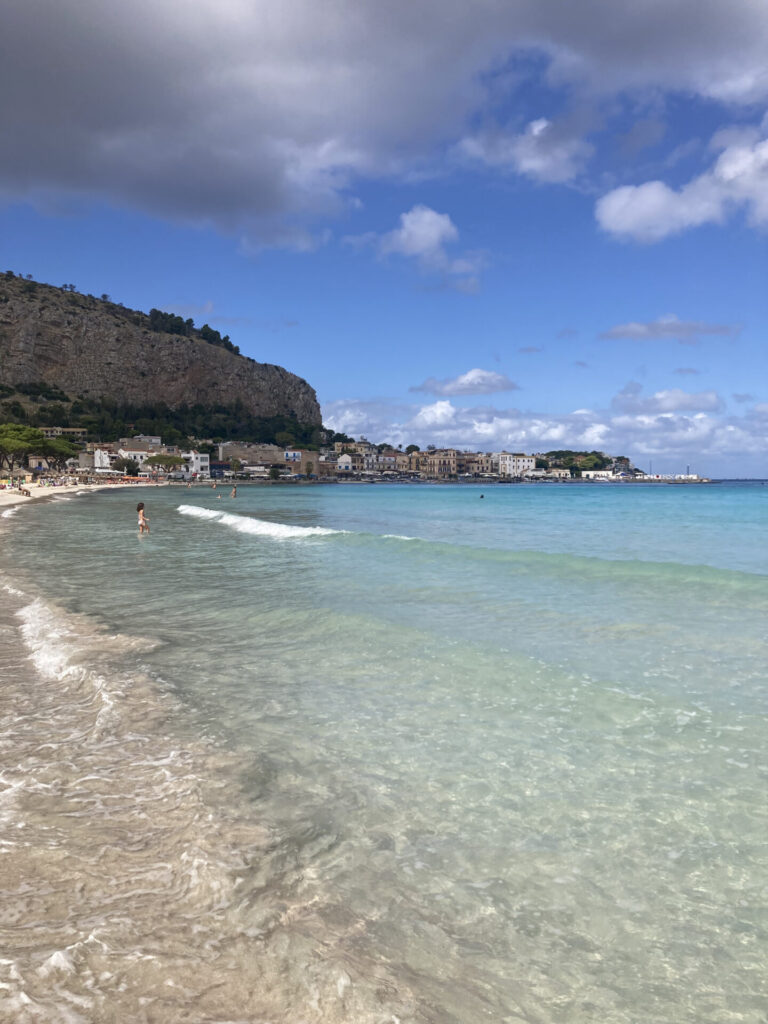
14. Pretoria Fountain
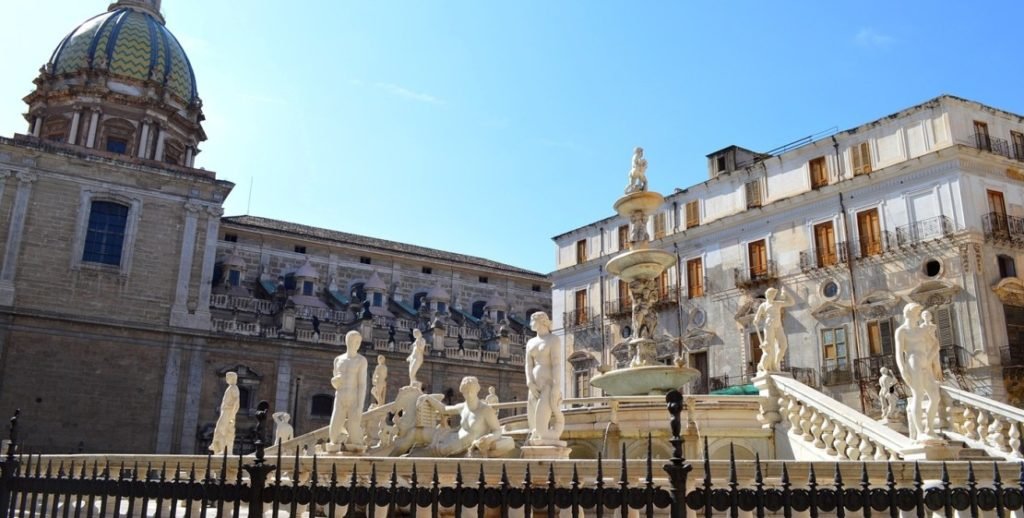
It was made in Florence in 1554 at the behest of Don Luigi Toledo, who wanted to beautify his villa. On his death, however, his son decided to sell it and it was bought by the Senate of Palermo. The statue was therefore dismantled piece by piece, transported by ship and then slowly rebuilt.
Today it is Palermo that enjoys its beauty, even if in the past it was even called the statue of shame, due to the unveiled male and female figures .
A little gem not to be missed, a stone’s throw from the Quattro canti in the historic center of Palermo.
What and where to eat in Palermo
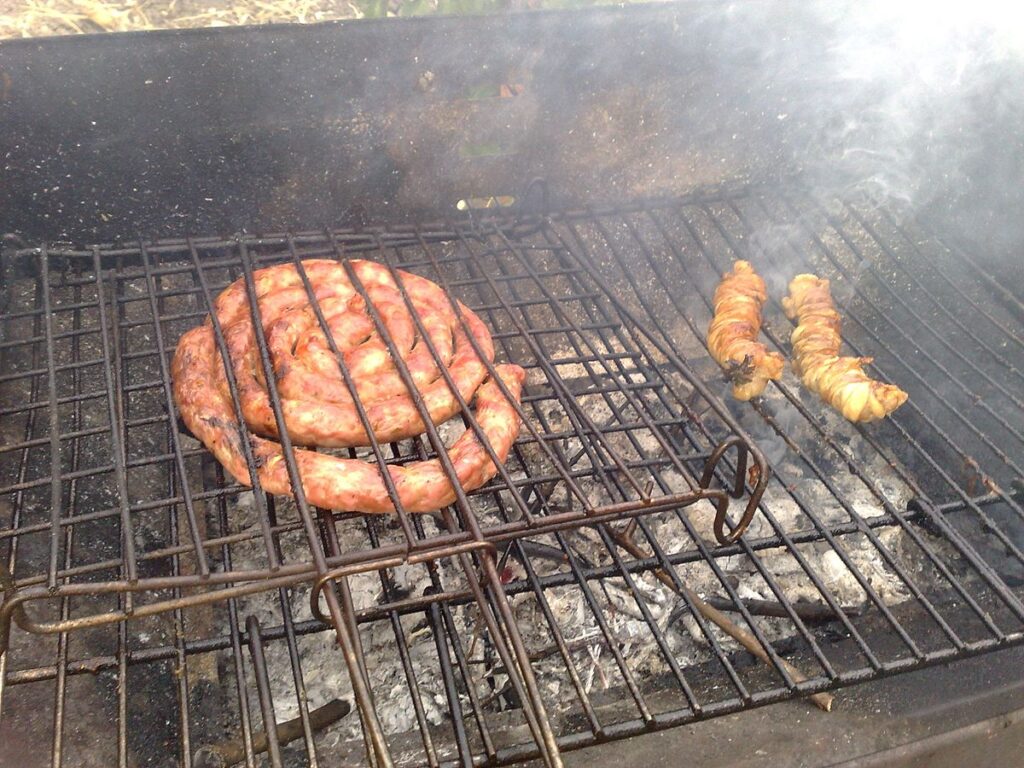
After seeing what to visit in Palermo let’s think about food. In the Sicilian capital you will find various good restaurants, but you cannot fail to go to the Vucciria market and try the various street food specialties . Here you can eat panelle and cazzilli bread (bread with a mixture of chickpea flour and potato croquettes), sfincioni (typical focaccia), boiled vegetables, boiled octopus served with lemon and salt, panino ca meusa (sandwich with veal spleen), baked onions, grilled stigghiola (veal guts) and much more.
Here you can find more information on what to eat in Palermo and surroundings here instead you find the typical Sicilian dishes.
Other interesting activities
Interactive map – Points of interest in purple
To locate yourself once in the area, click on the enlarge symbol at the top right of the map.
What to see in the surroundings
Here you will find listed the places to visit in surroundings of Palermo .

Plan your Palermo vacation in minutes
🛏️ Find accommodation on offer
🚀 Compare prices of flights to Palermo

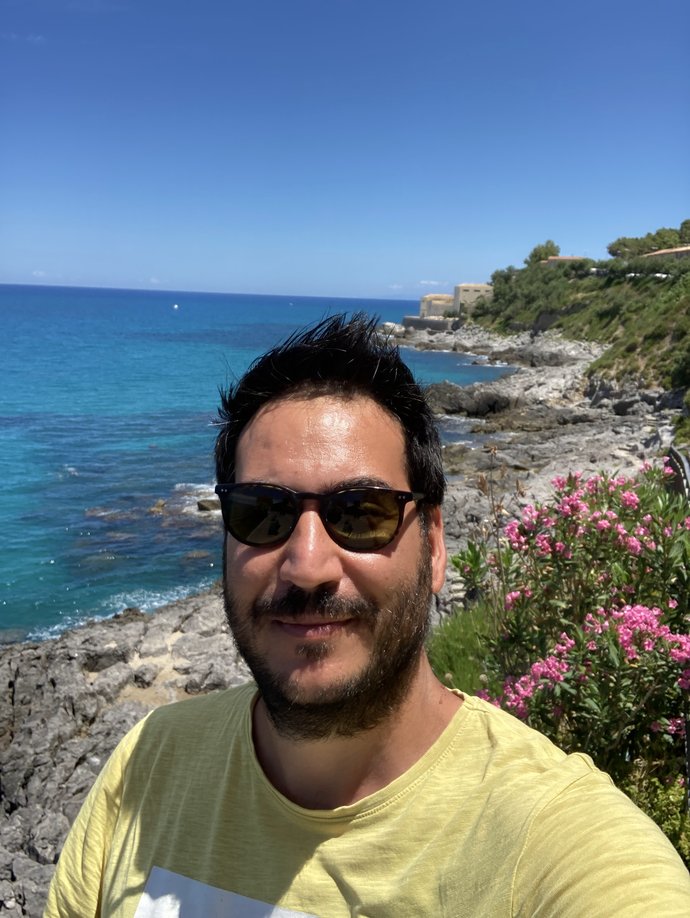
Welcome to Top Secret Sicily, my name is Dario Lo Turco and a few years ago I decided to create this site. My goal is to make known the treasures of Sicily, even the less known ( Hence the name Top Secret Sicily) in the clearest and simplest way possible 😊. I have been fortunate enough to be able to tour this island and have read several books and guides about Sicily. At the same time I work in the online world and these passions have allowed me to create Top Secret Sicily.
